Best College Athletes of All Time

Best College Athletes of All Time
Monica Abbott
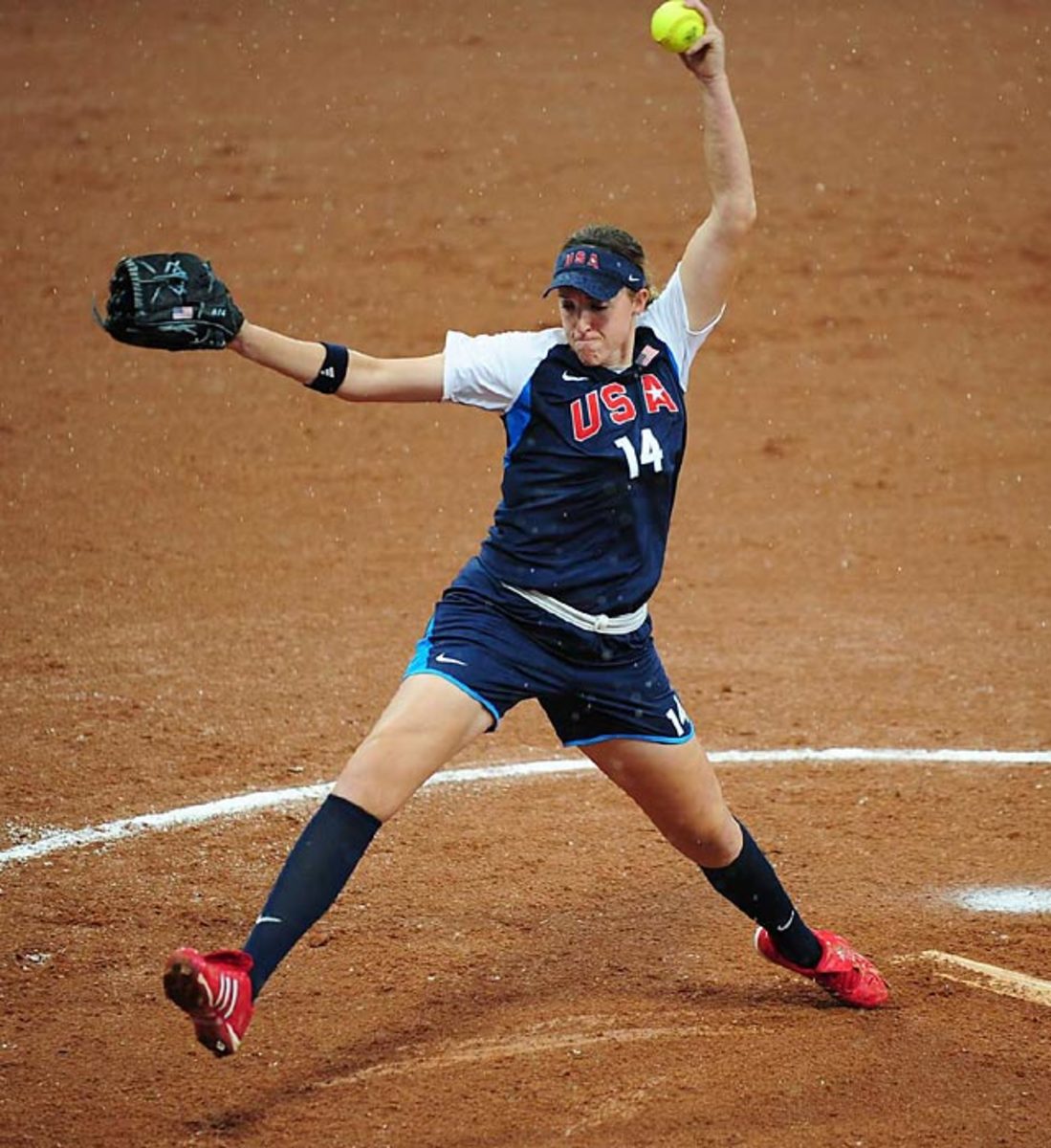
Opposing offenses never stood a chance against the dominant former Tennessee pitcher. Abbott, maybe the most accomplished pitcher in college softball history, recorded 112 shutouts in her career. A four-time All-America and winner of the 2007 Honda Award (Player of the Year), Abbott finished with a 189-34 record and 2,440 strikeouts -- both NCAA records. Her career ERA was 0.79. <bold><italics>Who would you add to the list? Send comments to siwriters@simail.com.</italics></bold>
Jen Adams
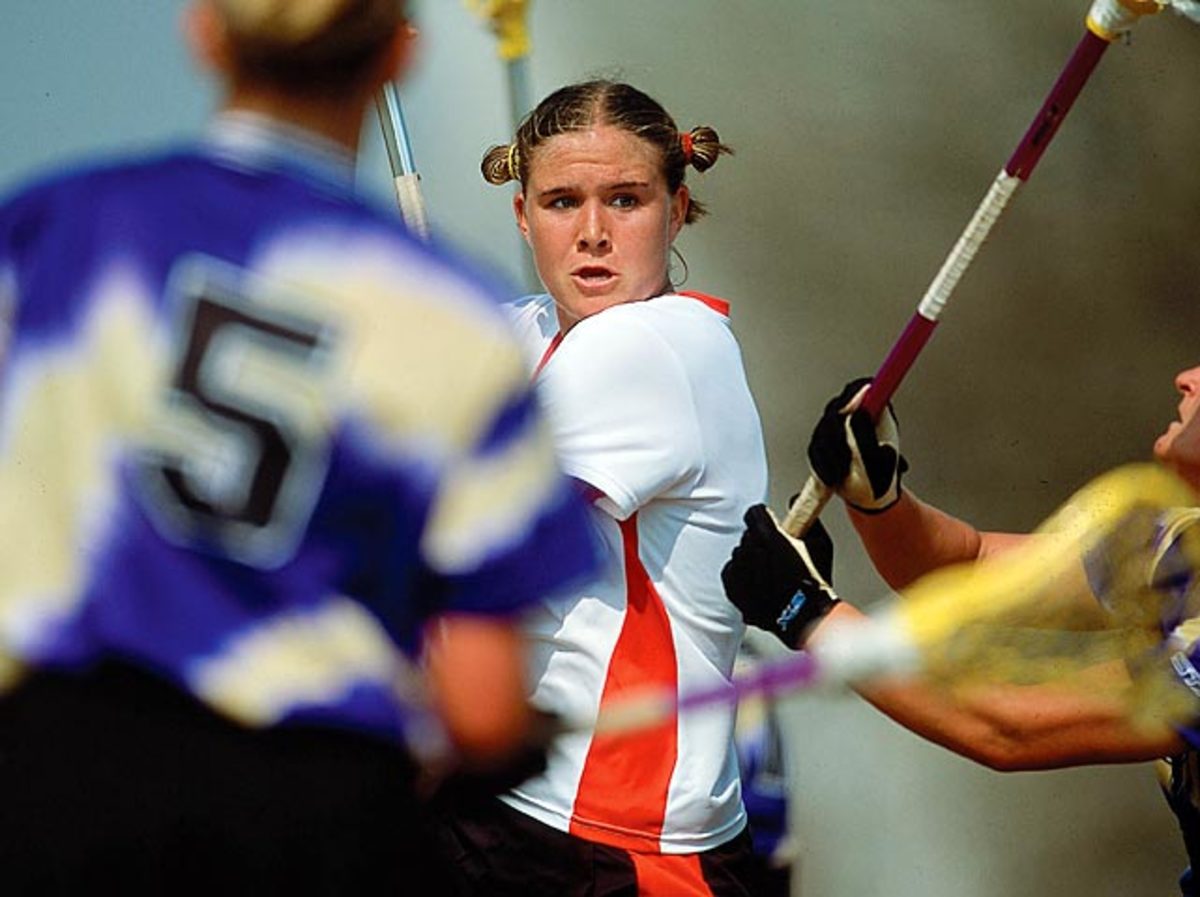
The most prolific offensive player in NCAA lacrosse history, Adams is considered by many to be the best in her sport's history. A three-time National Player of the Year, Adams led the Terrapins to four national titles as part of Maryland's run of seven straight. Her 445 points and 178 assists top the NCAA record books.
Lew Alcindor
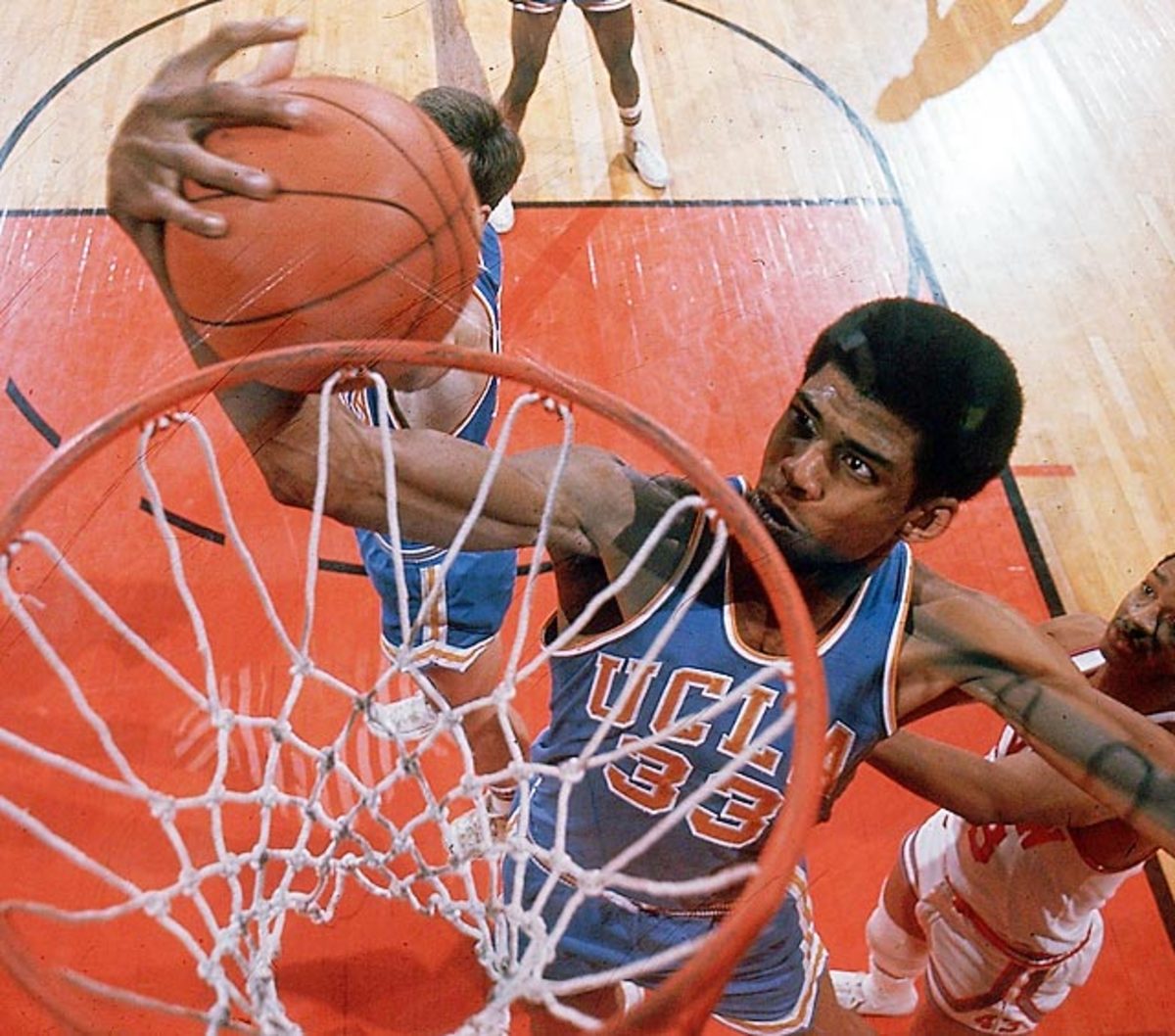
The NCAA outlawed dunking because of Alcindor's dominance, but the best sign of his ability may have come in a scrimmage. Alcindor led the freshman team to a win over UCLA's varsity -- the defending national champion. He scored 31 points and grabbed 21 rebounds in the first game at Pauley Pavilion. The next three years, once Alcindor moved to the varsity, the Bruins won the national title. He was also the inaugural winner of the Naismith Player of the Year award in 1969.
Kelly Amonte-Hiller
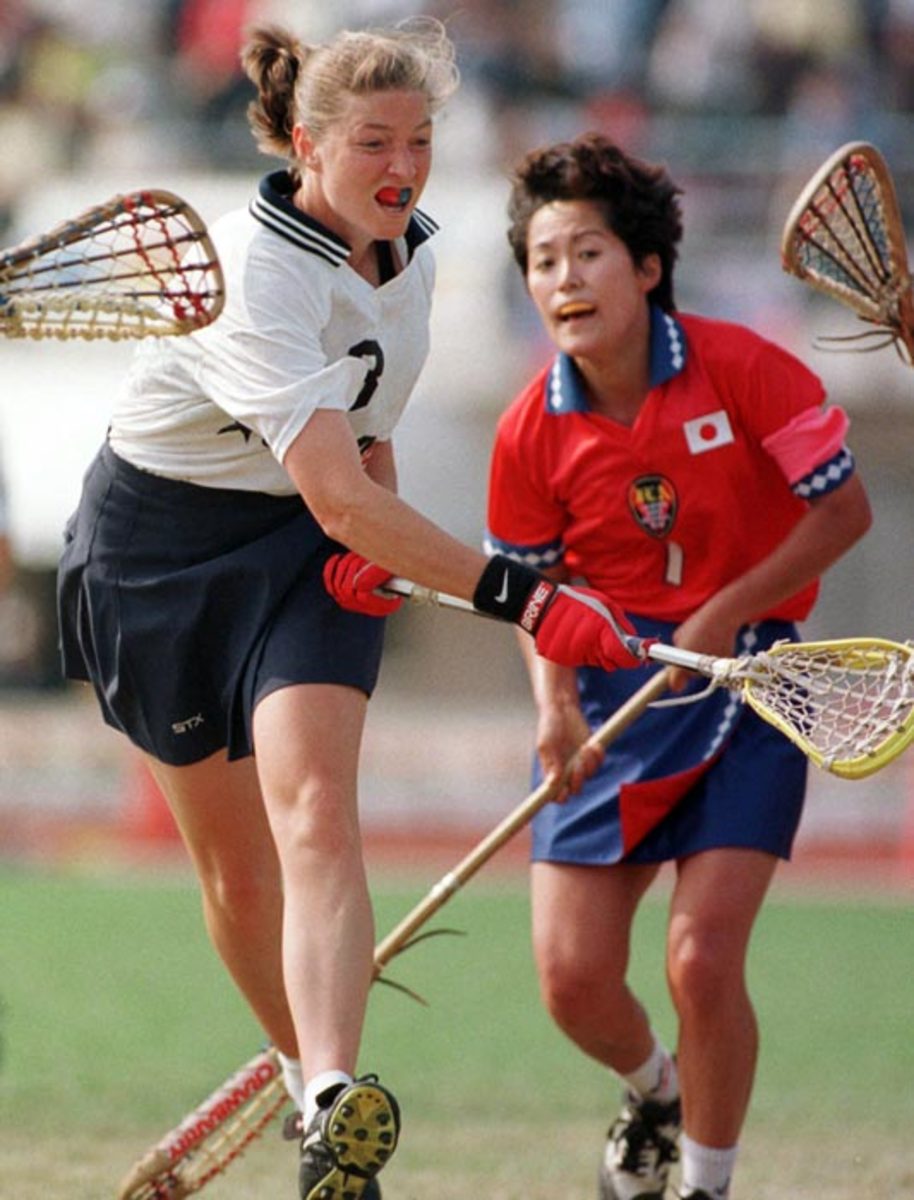
Amonte didn't waste any time making her presence felt at Maryland: She was an All-America in both lacrosse and soccer as a freshman. She finished as a four-time All-America and two-time National Player of the Year in lacrosse and led the Terrapins to national titles in 1995 and 1996. She's now the coach of Northwestern's powerhouse women's lacrosse program, winners of seven of the past eight national titles.
Sammy Baugh
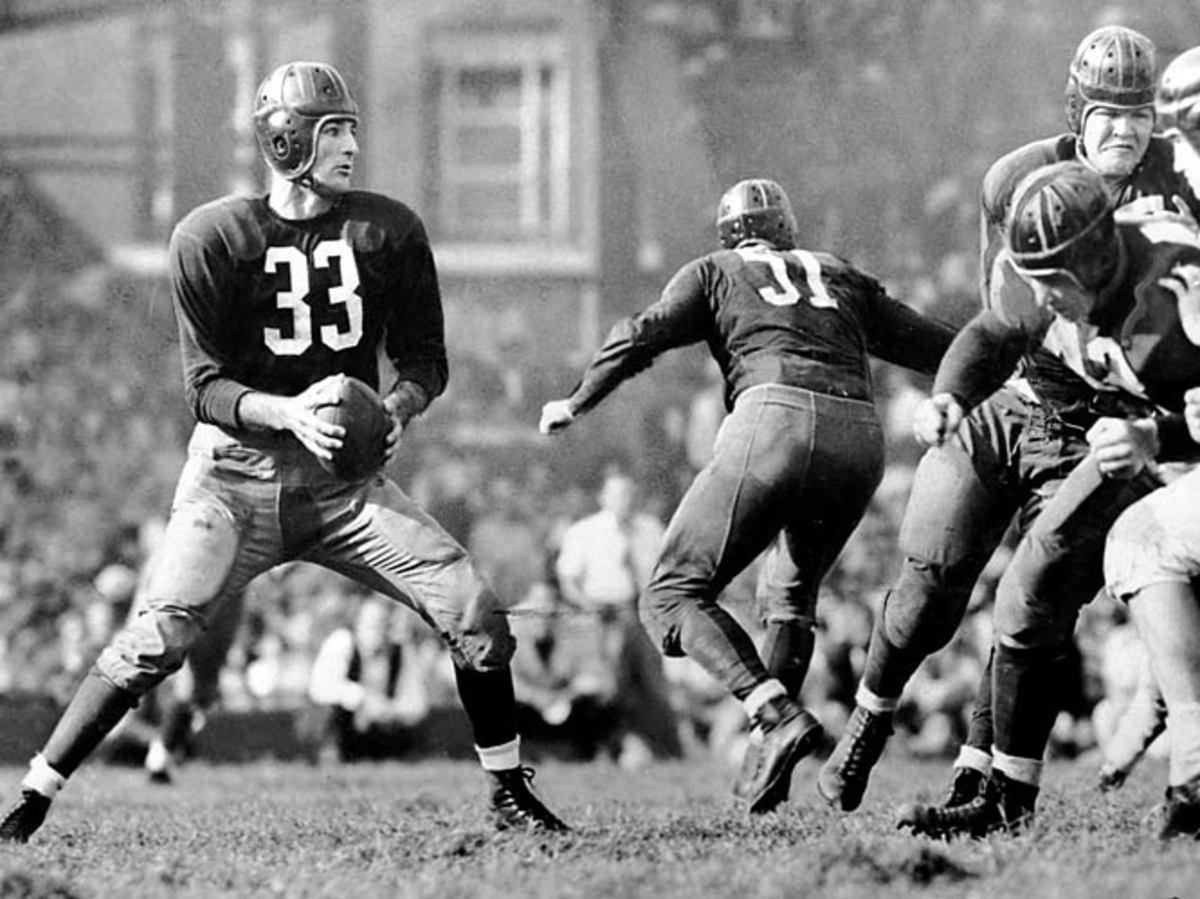
Slingin' Sammy actually didn't get his nickname for his work on the football field. He played third base for TCU's baseball team and earned the moniker on the diamond. But he also piloted one of the first pass-happy offenses in college football. Baugh led TCU to a 29-7-2 record in his three seasons in charge. He threw for 3,384 yards and 39 touchdowns.
Jim Brown
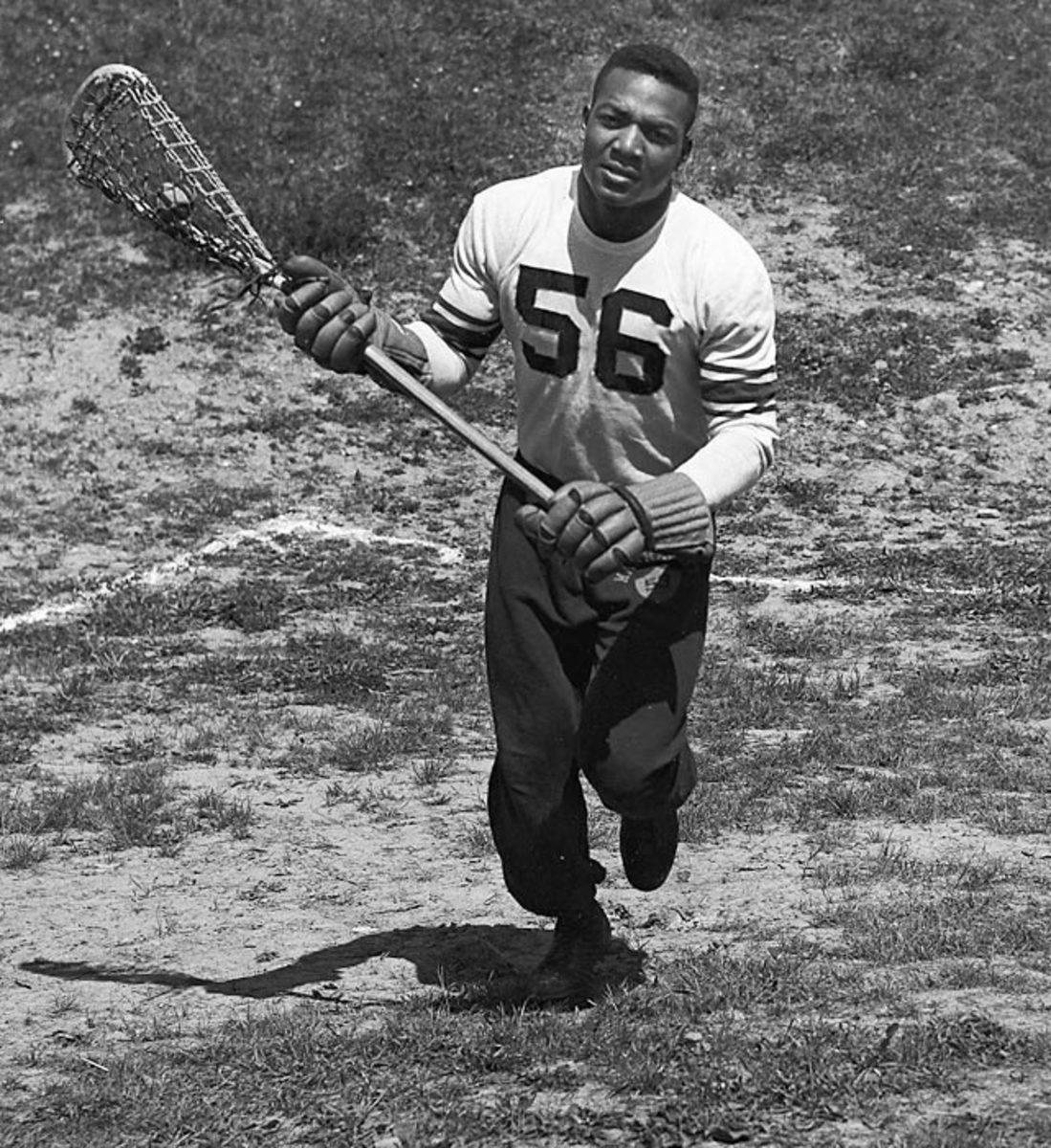
Brown might be the best ever in two sports. In football, he ran for nearly 1,000 yards as a senior in only eight games. In lacrosse, he led the nation with 43 goals in 1957. He's a Hall of Famer in both sports. He also played two seasons of basketball at Syracuse and occasionally competed in the decathlon for the track team.
Tracy Caulkins
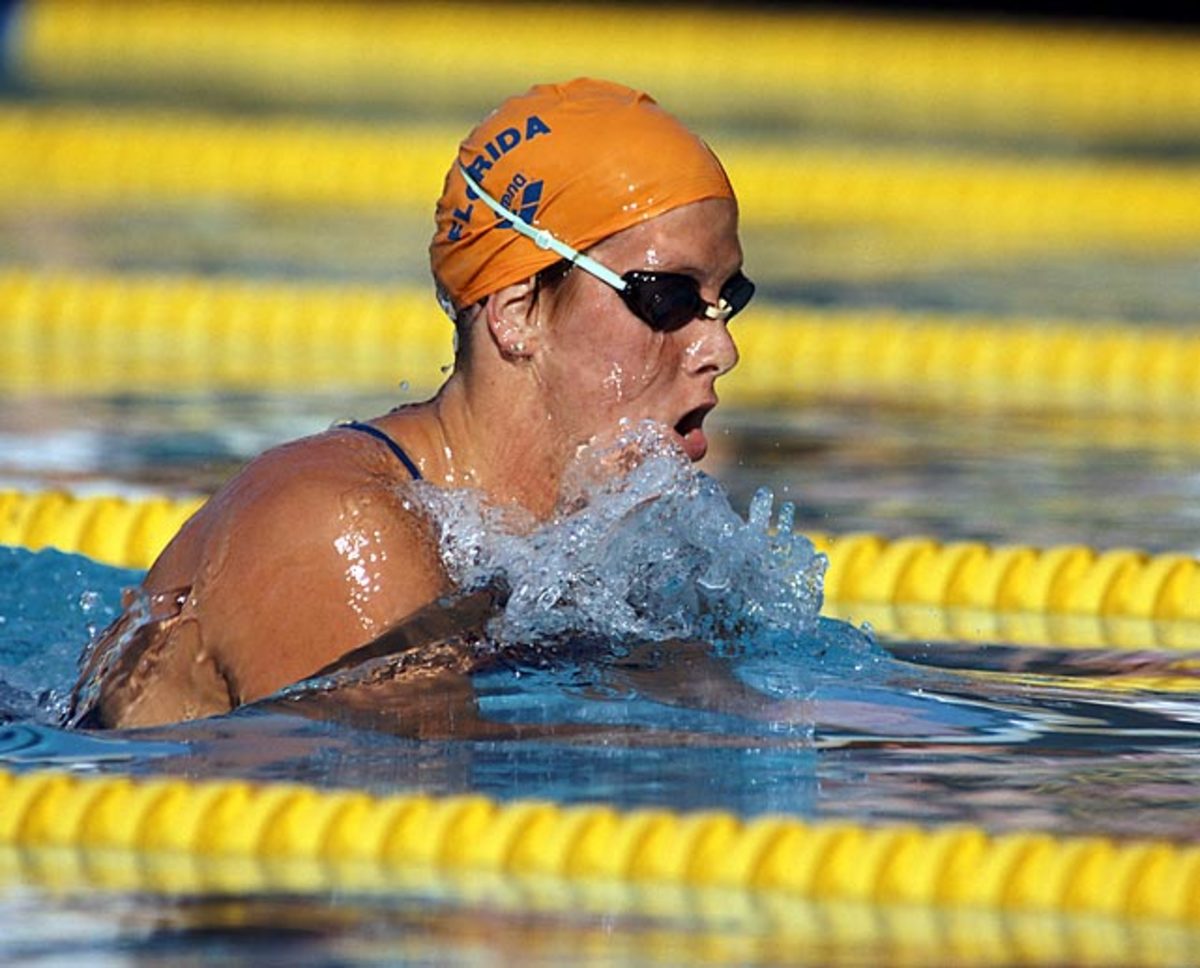
Caulkins was favored to win gold at the 1980 Olympics, but the U.S. boycott delayed that dream. Instead, she went to Florida and dominated the NCAA championships. Caulkins won 12 titles with the Gators from 1982 to 1984. She capped her career with three golds at the 1984 Olympics and retired rather than finish her NCAA career.
Natalie Coughlin
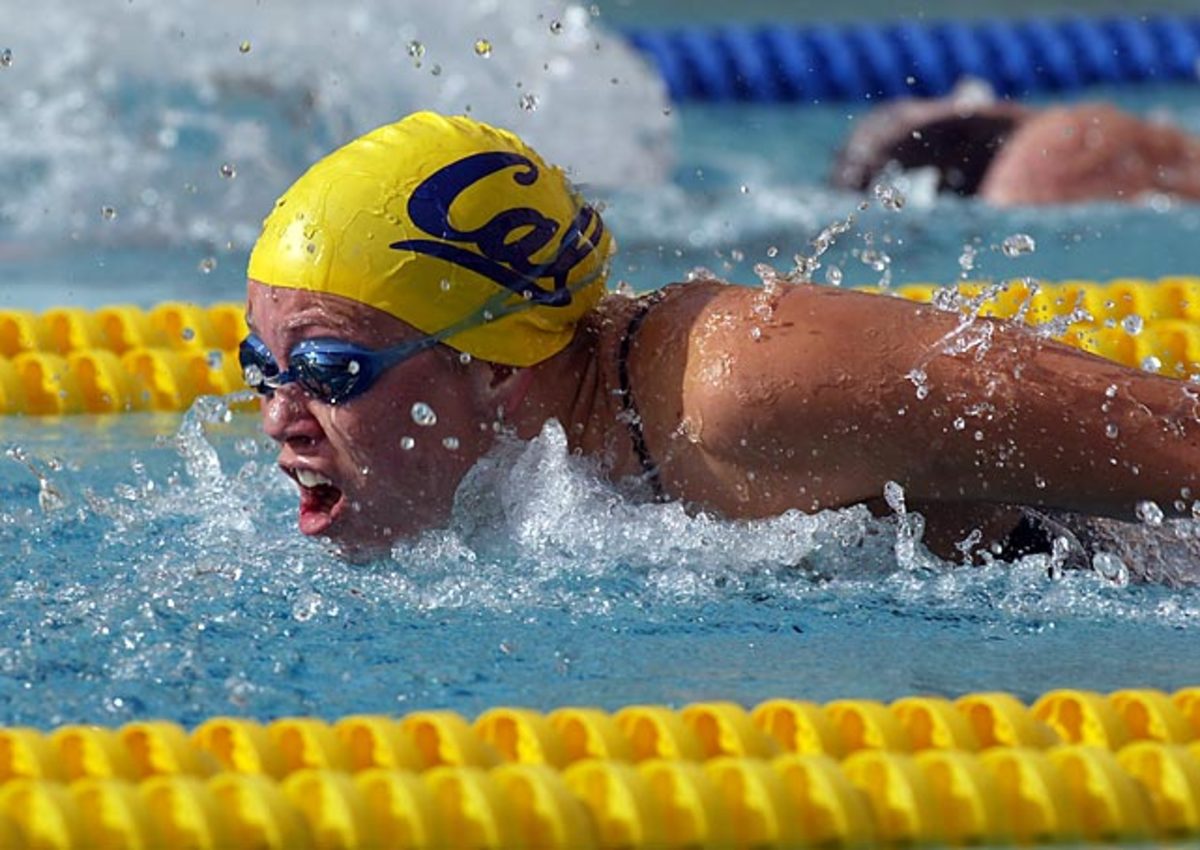
Coughlin swam internationally throughout her college career, but she didn't slip up in even her smallest college meets. Coughlin never lost a dual meet in her time at Cal, going 61-0. She won 12 NCAA titles and was NCAA Swimmer of the Year three times -- in 2001, 2002 and 2003. Her international experience also paid off. In 2004, she won five Olympic medals. In 2008, she won six.
Tony Dorsett
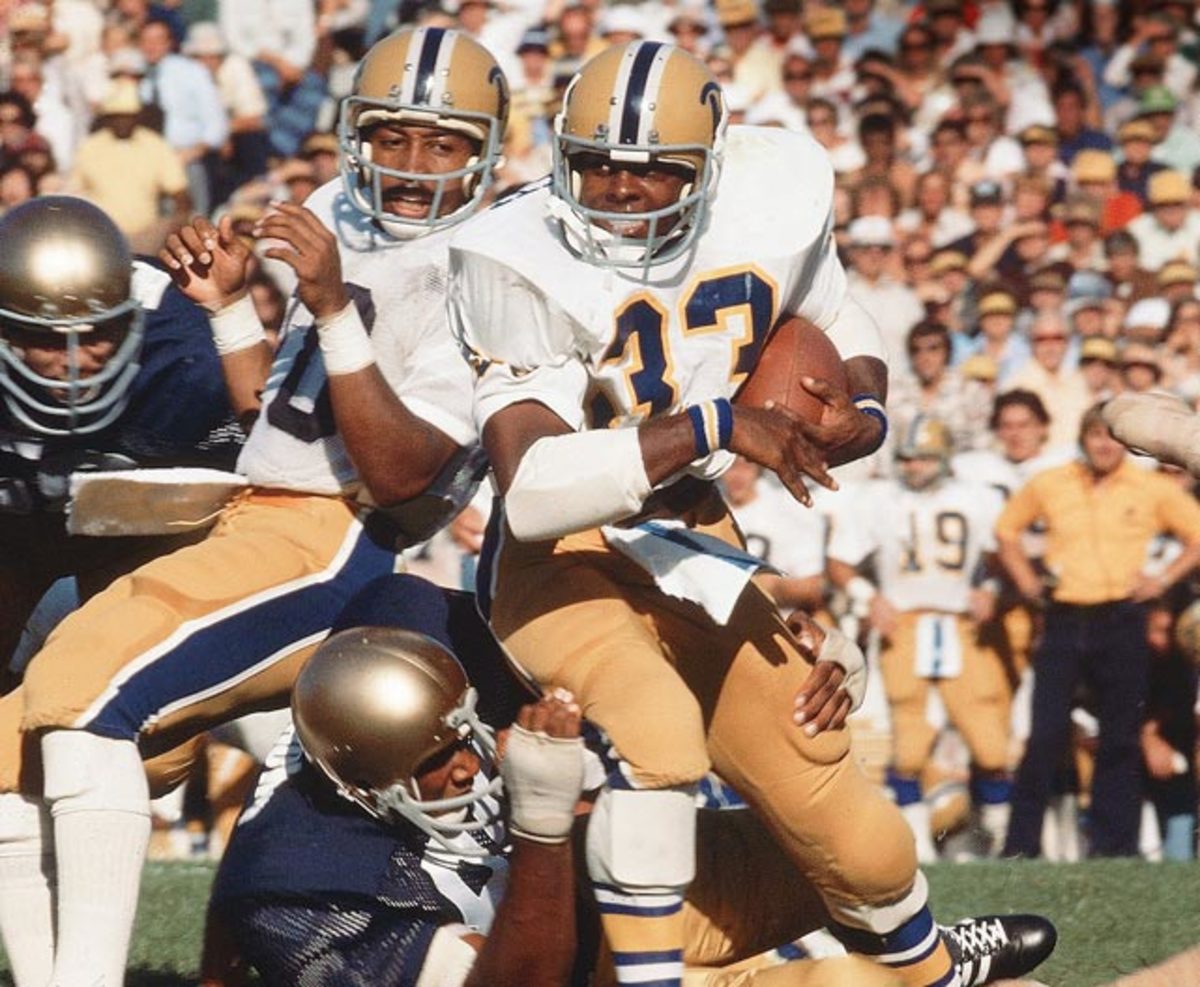
Legend holds that Notre Dame let the grass grow tall before its 1976 season opener against Dorsett and Pittsburgh. "They didn't let that grass grow long enough," Dorsett said after rushing for 181 yards. As a 155-pound freshman, Dorsett ran for more than 1,500 yards. By his senior season, he had packed on 40 pounds of muscle. He was stronger and smarter as a runner, and he won the Heisman Trophy after a dominant season. He ran for 2,150 yards and 22 touchdowns that year.
Chris Drury
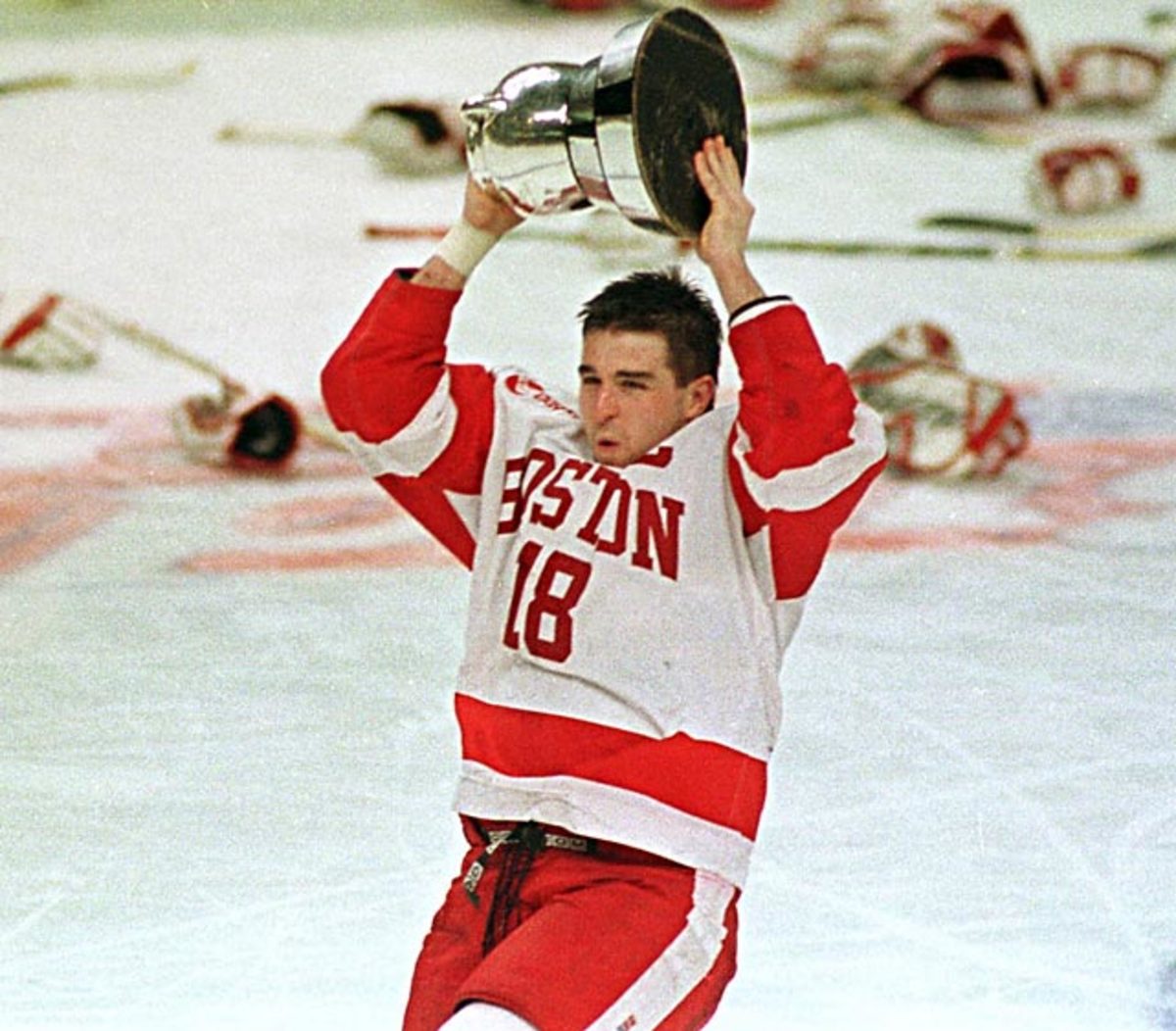
Drury found the spotlight at age 12 when he led his baseball team to the Little League World Series title. As a freshman, he helped Boston University win the 1995 national title. He became a three-time Hockey East Defensive Player of the Year. He was All-America twice and, as a senior in 1998, won the Hobey Baker Award as national player of the year.
Ken Dryden
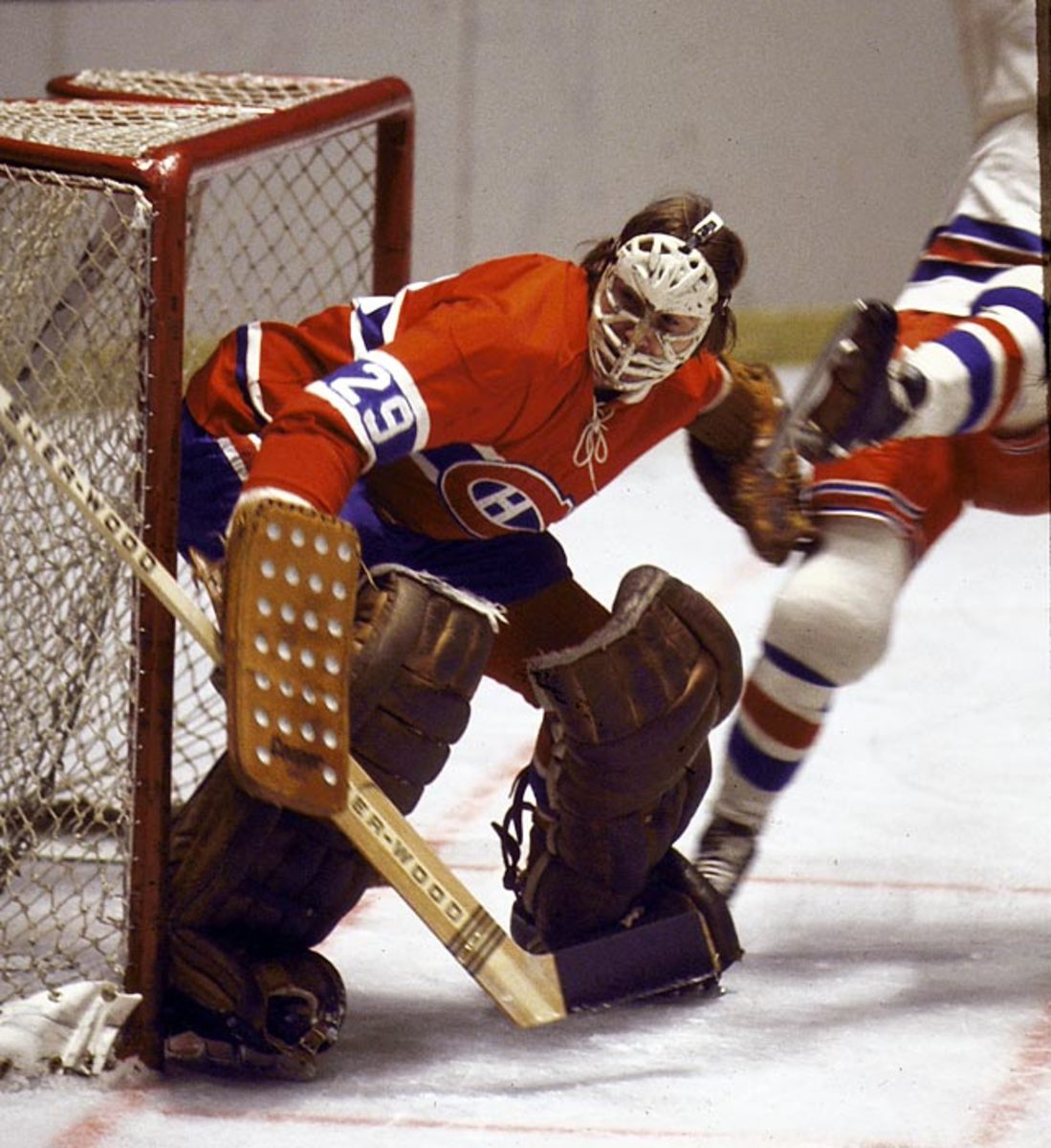
Ned Harkness, Dryden's coach at Cornell, said "It was pretty easy behind the bench when he was in goal." Cornell went 76-4-1 with Dryden between the pipes, and he led the team to a title in 1967 and a runner-up finish in 1969. He posted a 1.59 goals against average for Cornell. He later won the Vezina Trophy as the NHL's best goalie five times in his pro career.
Lisa Fernandez
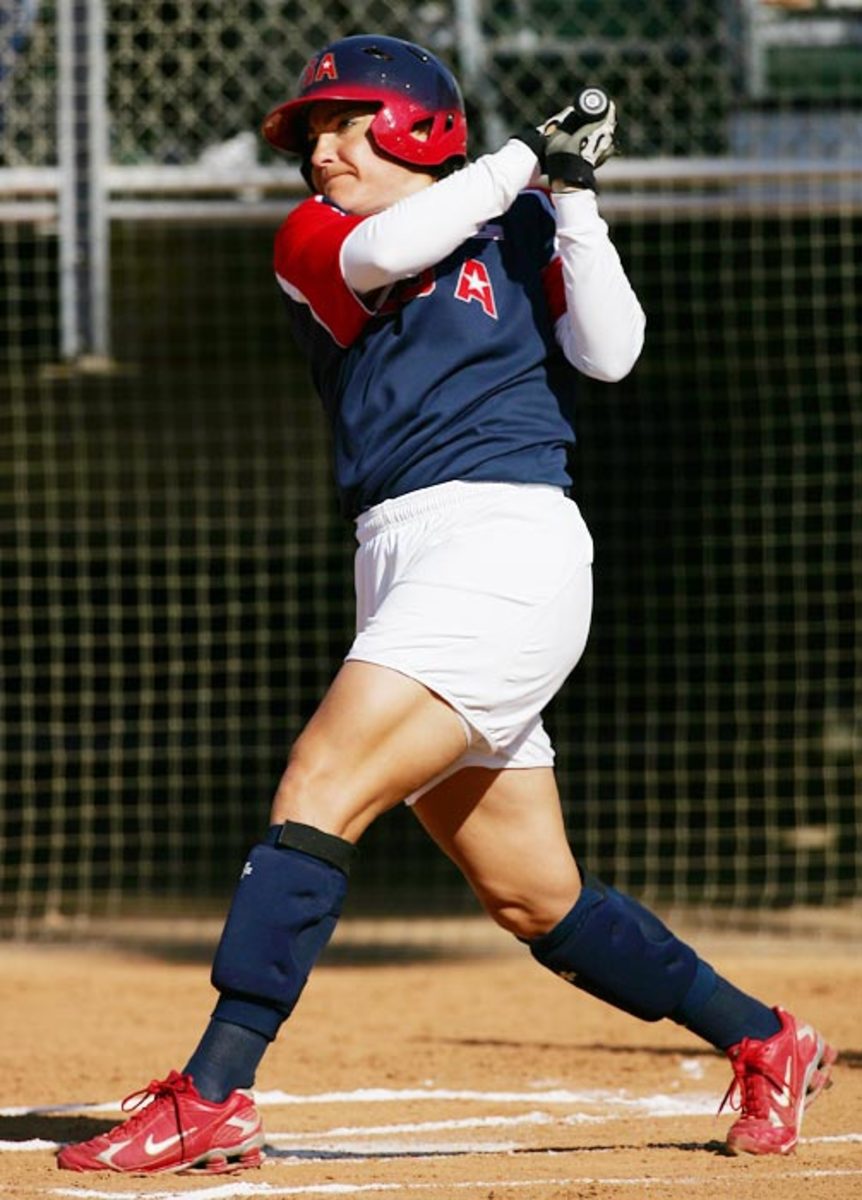
Fernandez's run at UCLA ranks among the best in any sport. In her four years, the Bruins twice won the national title and twice finished second. As a pitcher, she was an All-America each year and national player of the year three times. Fernandez finished with a career 0.22 ERA. And she could hit. Fernandez had a career .382 batting average with 15 home runs and 128 RBI.
Jennie Finch
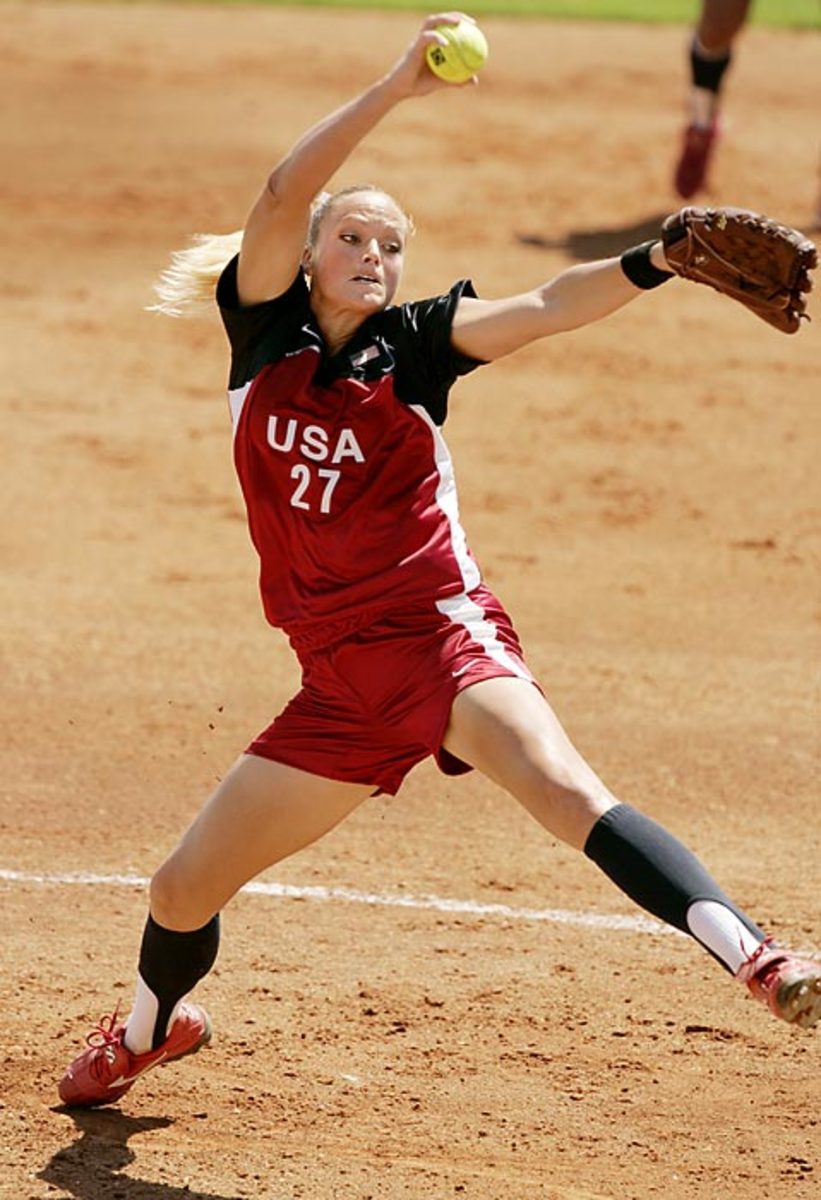
Finch became the face of college softball for good reason. She posted a 60-game winning streak over a two-year period during her time pitching at Arizona, and she led the Wildcats to the 2001 national title. Finch also added back-to-back Player of the Year awards. She finished her career with a 119-16 record on the mound.
Dan Gable
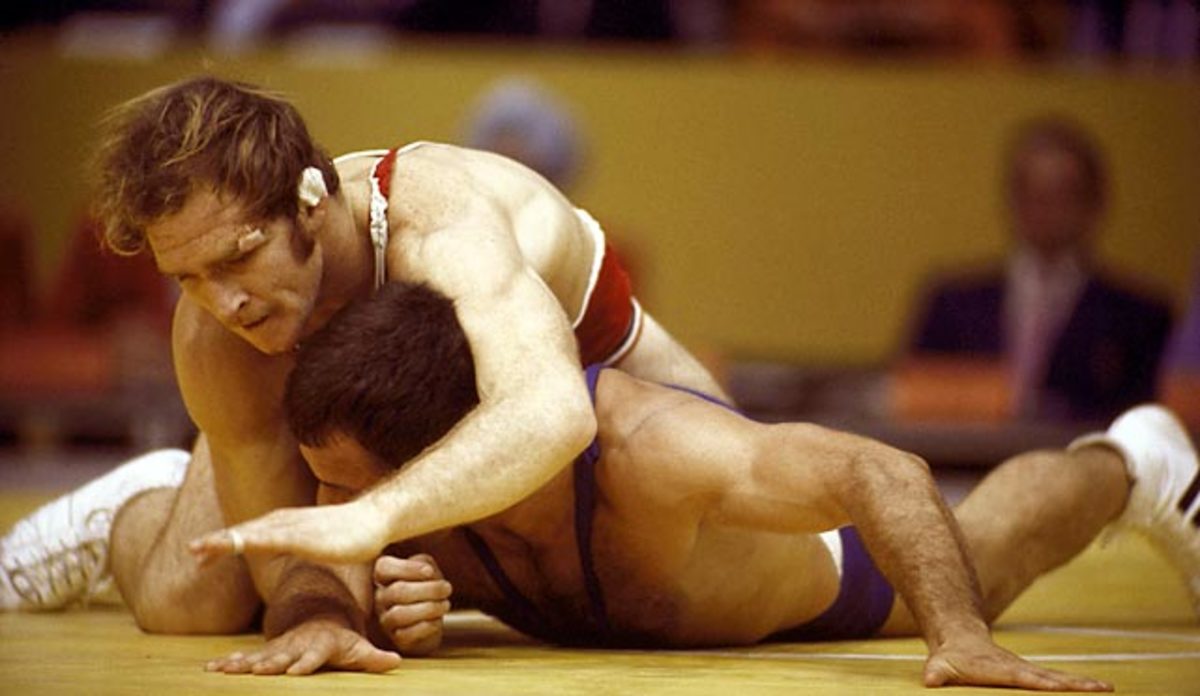
The only lapse in Gable's storied career came in the NCAA final in 1970. That loss marred an otherwise perfect 118-1 collegiate record. The Iowa State star won two NCAA titles and added an Olympic gold medal in 1972. His coaching career also ranks among the best ever. He led Iowa to 15 national champions, including nine straight from 1978 to 1986, during 21 seasons as head coach.
Gary Gait
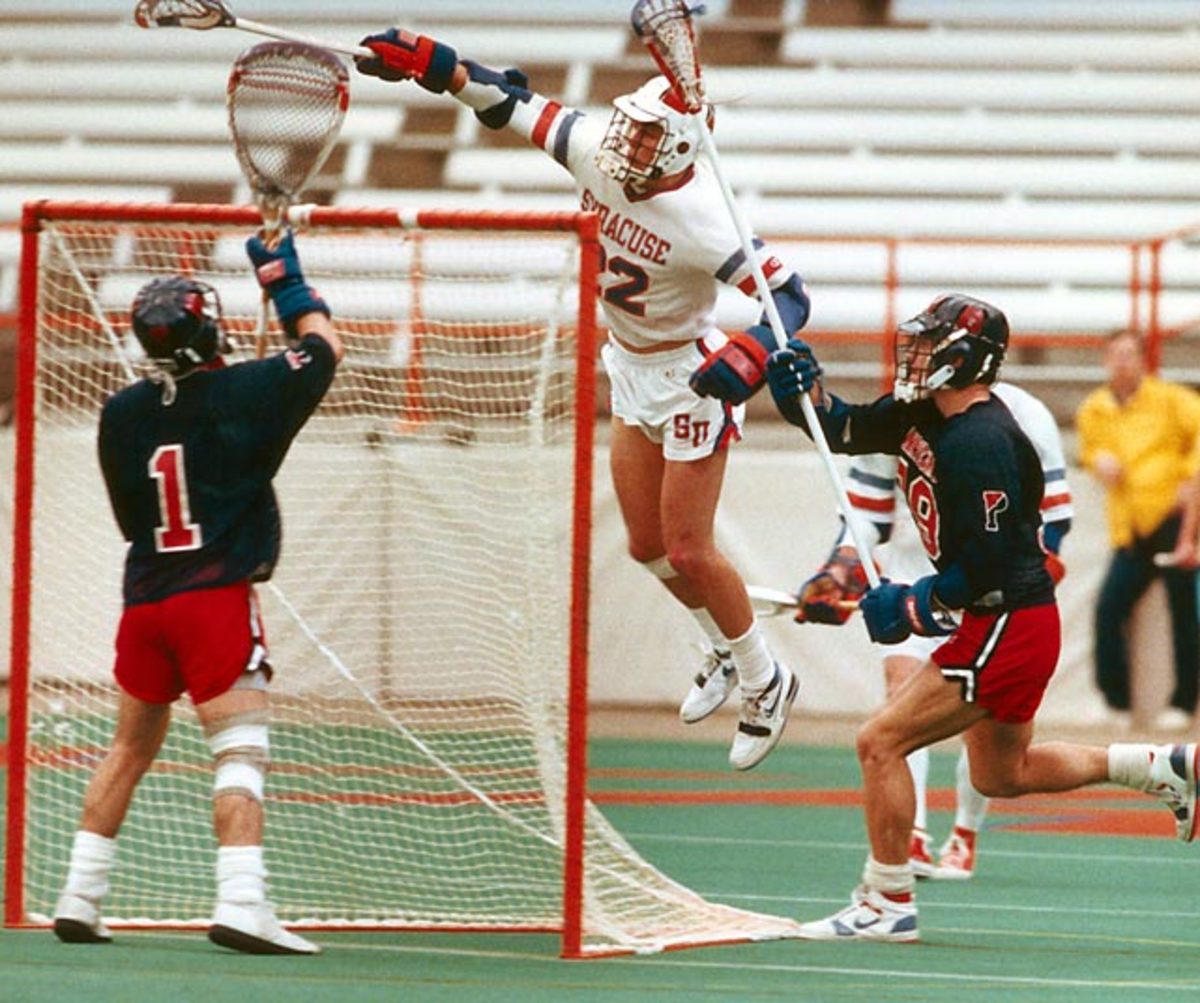
The four-time All-America at Syracuse is still remembered for his signature move, the Air Gait, which is now illegal at the NCAA level. He used the move in one of lacrosse's most famous plays, during the 1988 national semifinals against Penn. Gait caught the ball behind the net, maneuvered right and then jumped from outside the crease before drilling the ball into the upper corner of the goal. Syracuse would win the national title that season -- the first of three straight. Gait also won the first of two National Player of the Year awards that season.
Lou Gehrig
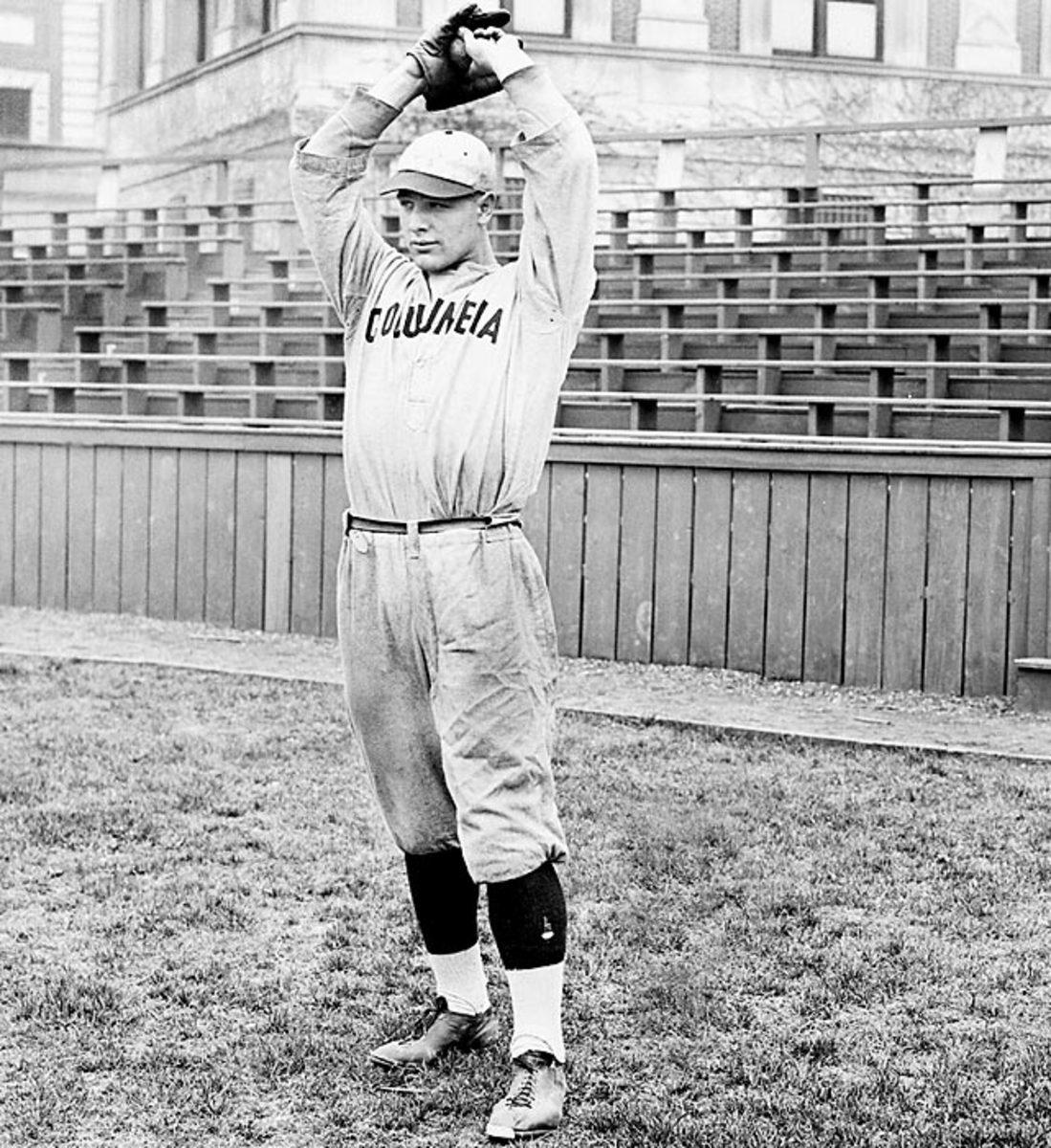
Before Gehrig's freshman year at Columbia, word got out that he had played a season with a summer professional team. He could have lost his amateur status for good, but he received a break -- he could return after a one-year suspension. As a sophomore, in his only year of college ball, Gehrig hit .444 and earned fame for his towering home runs. But he was also Columbia's best pitcher -- striking out 17 batters one game -- and played fullback on the football team.
Red Grange
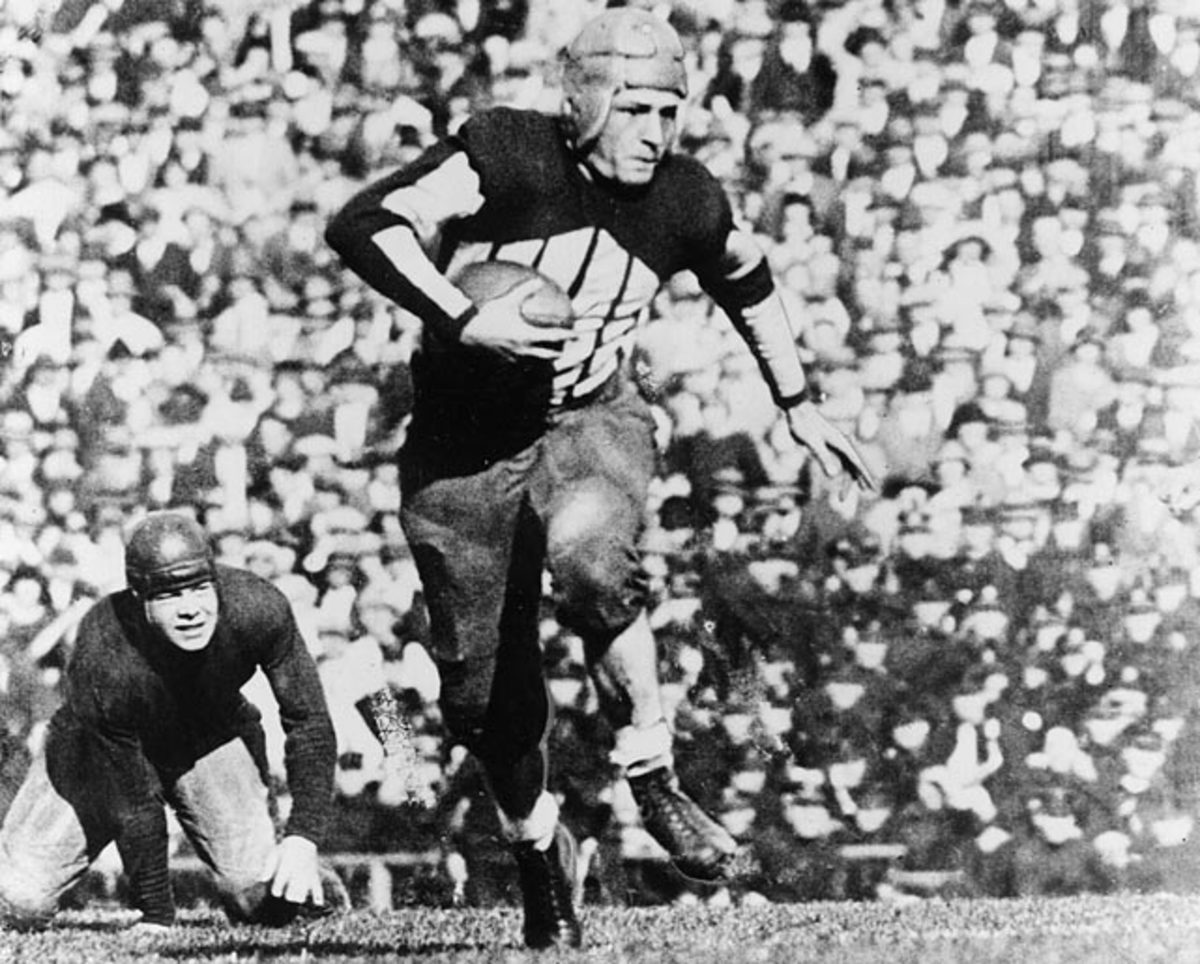
Legendary sportswriter Damon Runyon once said Grange was a combination of other athletes: "He is Jack Dempsey, Babe Ruth, Al Jolson, Paavo Nurmi and Man o' War." In a 1924 game, Grange ran for 262 yards and four touchdowns...on four plays in 12 minutes. The Galloping Ghost was only 5-foot-11, 175 pounds, but no one at the college level could stop him. Grange was a three-time All-America.
Brittney Griner
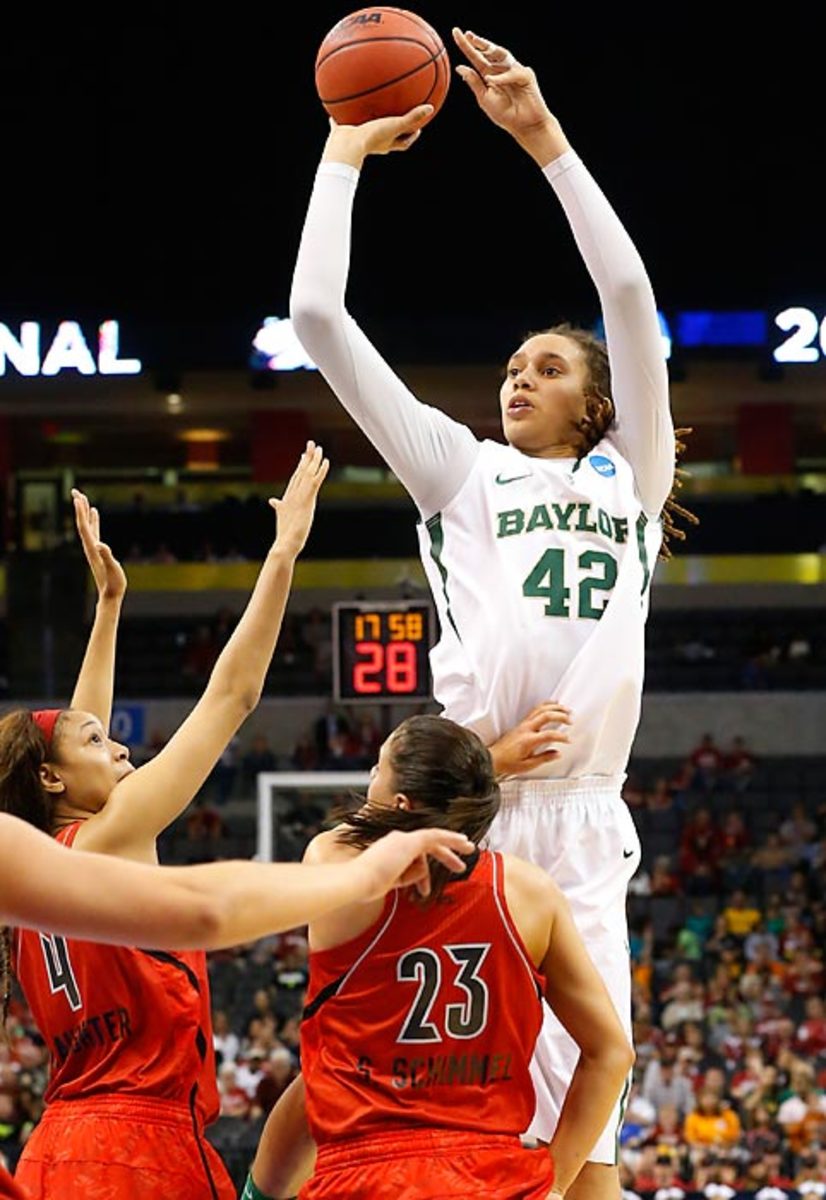
Dallas Mavericks owner Mark Cuban has floated the idea of picking Griner in this summer's NBA Draft. Griner, the 6-foot-8 former Baylor star, said she'd give it a shot. Whether it happens, Griner has already established herself in women's basketball history. A three-time All-America and two-time Naismith Player of the Year, Griner led the Bears to a national title as a junior and was the top pick in the recent WNBA Draft.
Mia Hamm
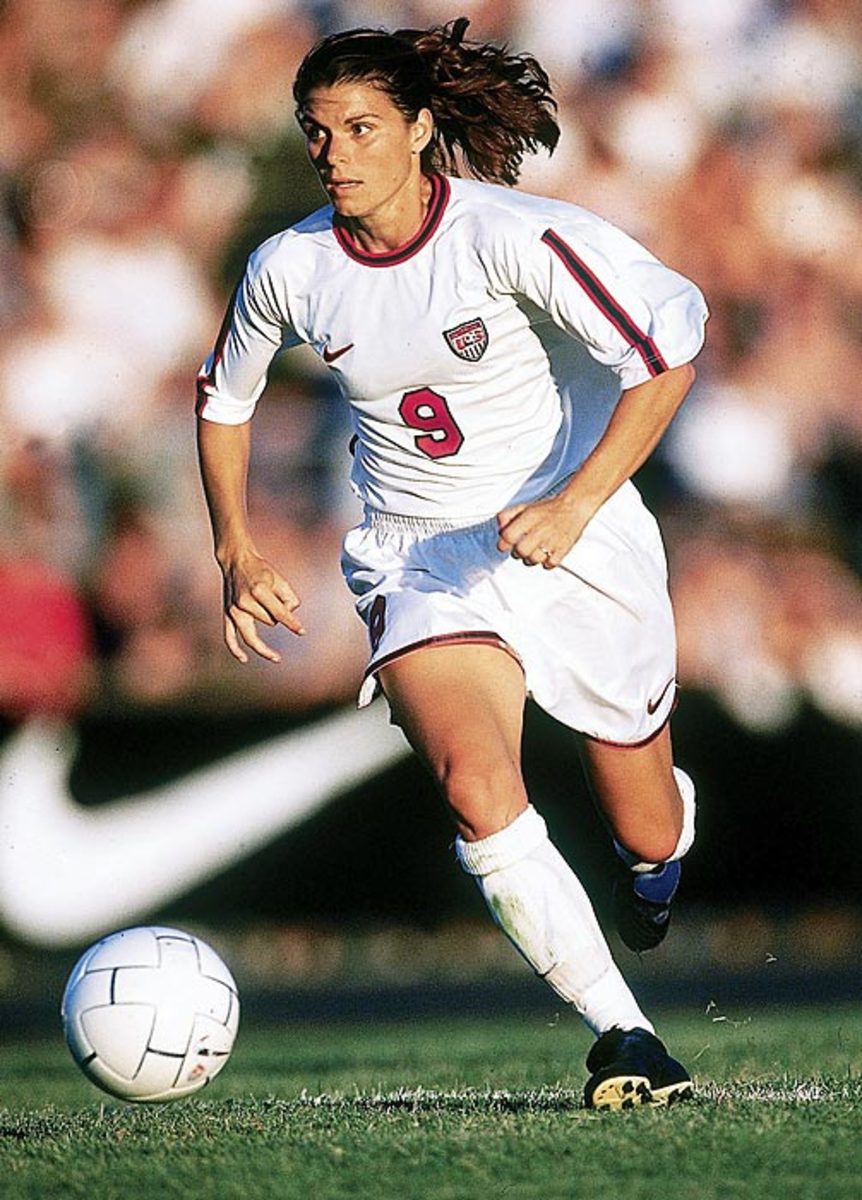
Hamm debuted with the U.S. National Team before her 16th birthday, so expectations were high when she arrived at North Carolina. The Tar Heels were in the midst of nine straight national championships, and Hamm didn't disappoint. She finished as a three-time All-America and ACC Player of the Year and lost only one college game. North Carolina won its four national title games with Hamm by scores of 6-0, 9-1, 6-0 and 5-0.
Chamique Holdsclaw
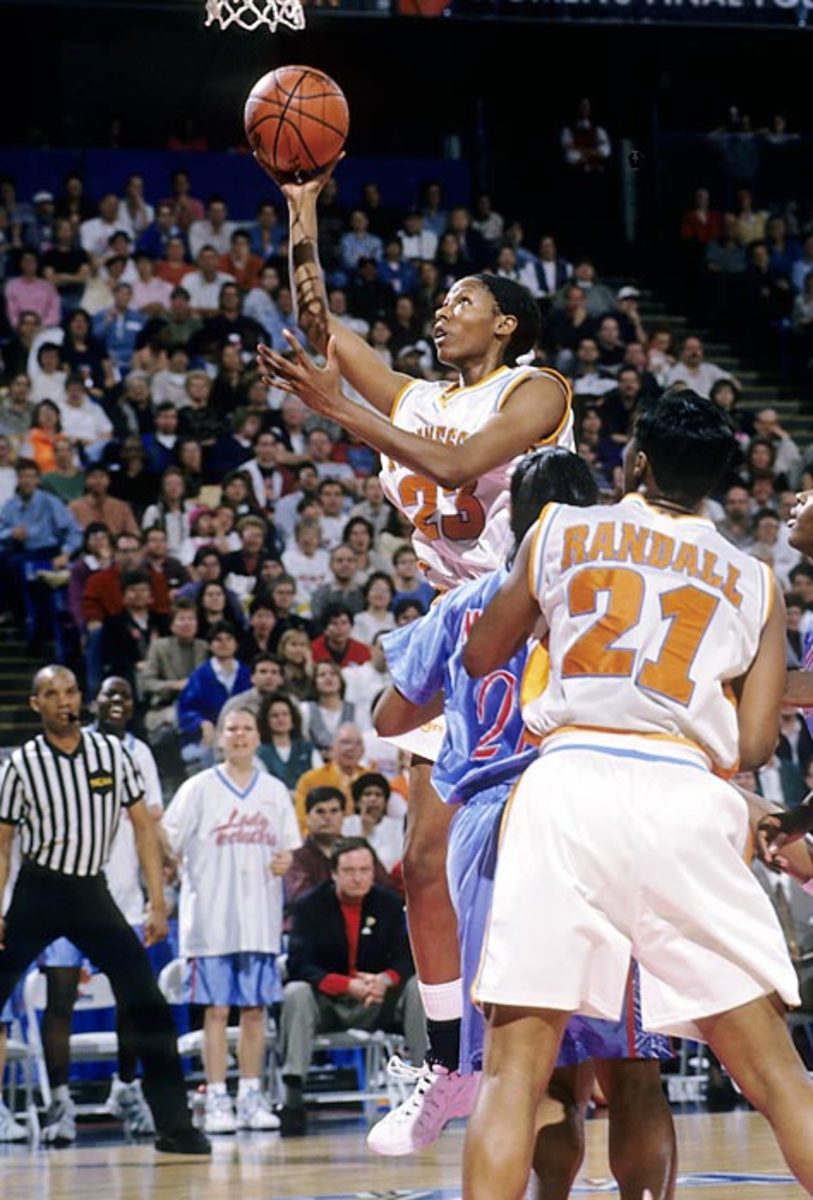
Named the Naismith Women's Collegiate Player of the Century, Holdsclaw averaged 20.4 points and 8.1 rebounds per game in her career. She was the Naismith Player of the Year in 1998 and 1999 and led Tennessee to three straight national titles.
Bob Horner
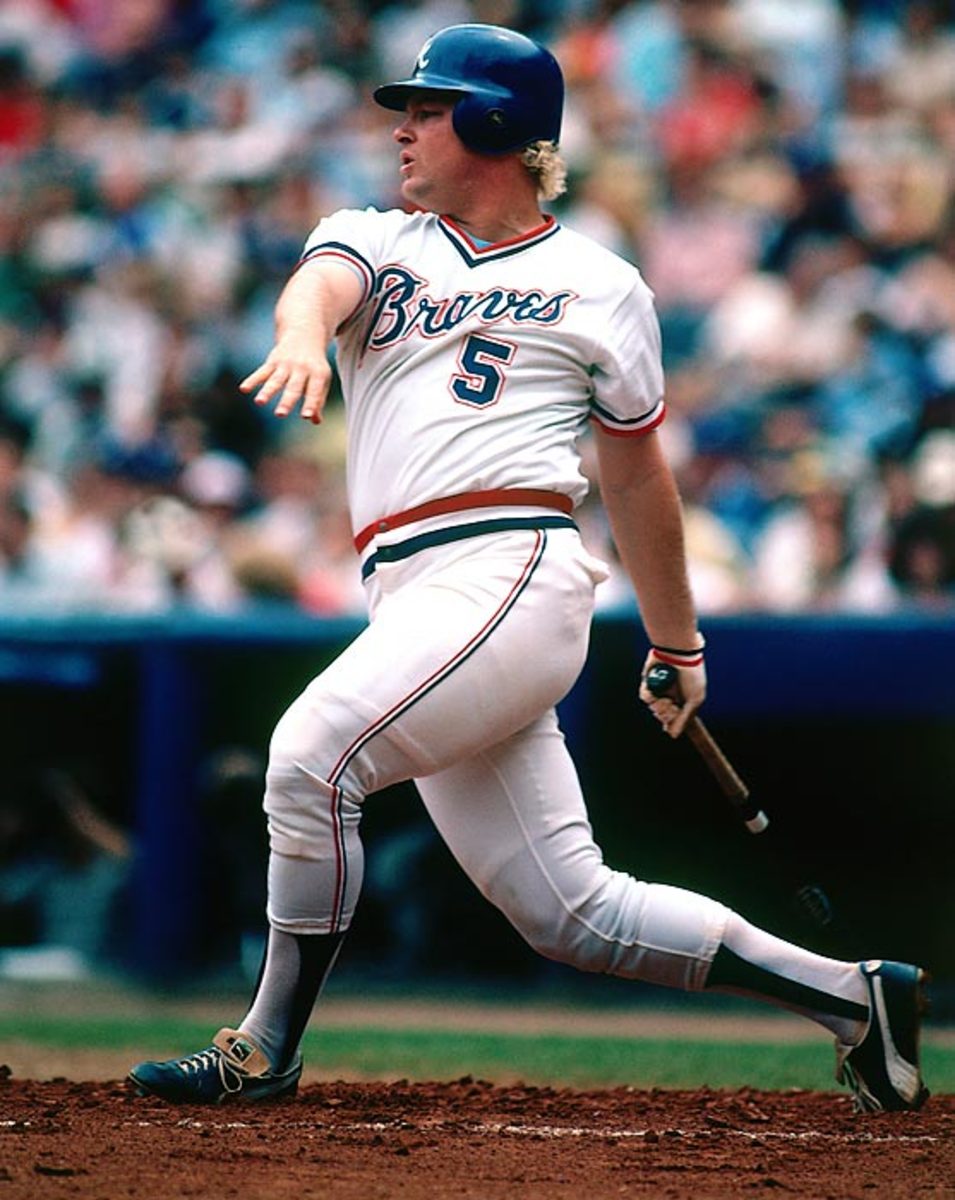
The Arizona State star won the first Golden Spikes Award in 1978 after hitting .412 with 25 home runs and 100 RBI. A second baseman, he was All-America in 1977 and 1978. He led the Sun Devils to the national title his sophomore season. The Braves drafted Horner with the No. 1 overall pick in the 1978 draft and sent him directly to the major leagues.
Bo Jackson
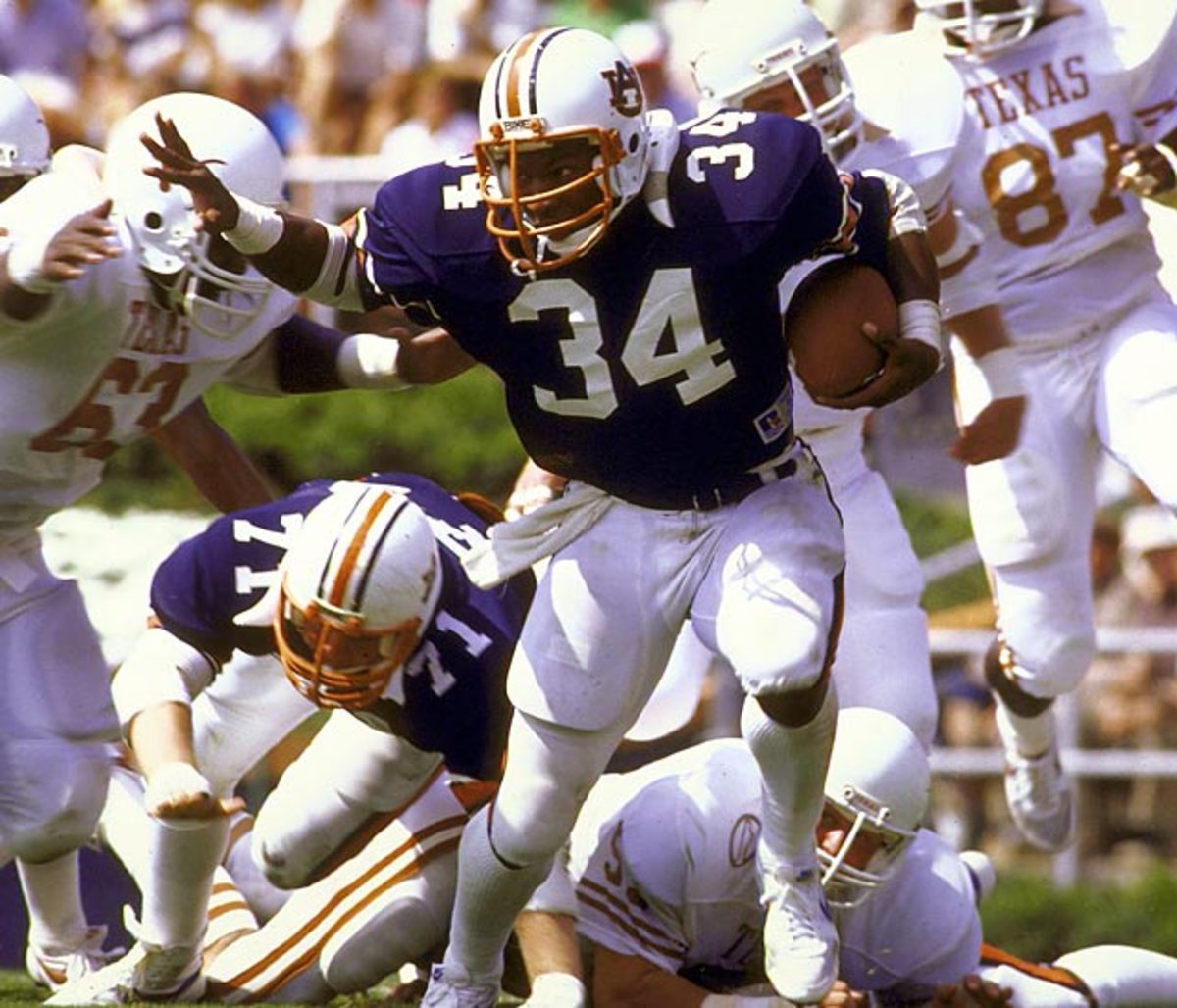
The two-time All-America in football showed his tremendous two-sport talent at Auburn in 1985. Jackson hit .401 with 17 homers for the baseball team. He rushed for more than 1,800 yards and 17 touchdowns for the football team and won the Heisman Trophy. It ranks among the best years for any college athlete.
Jackie Jensen
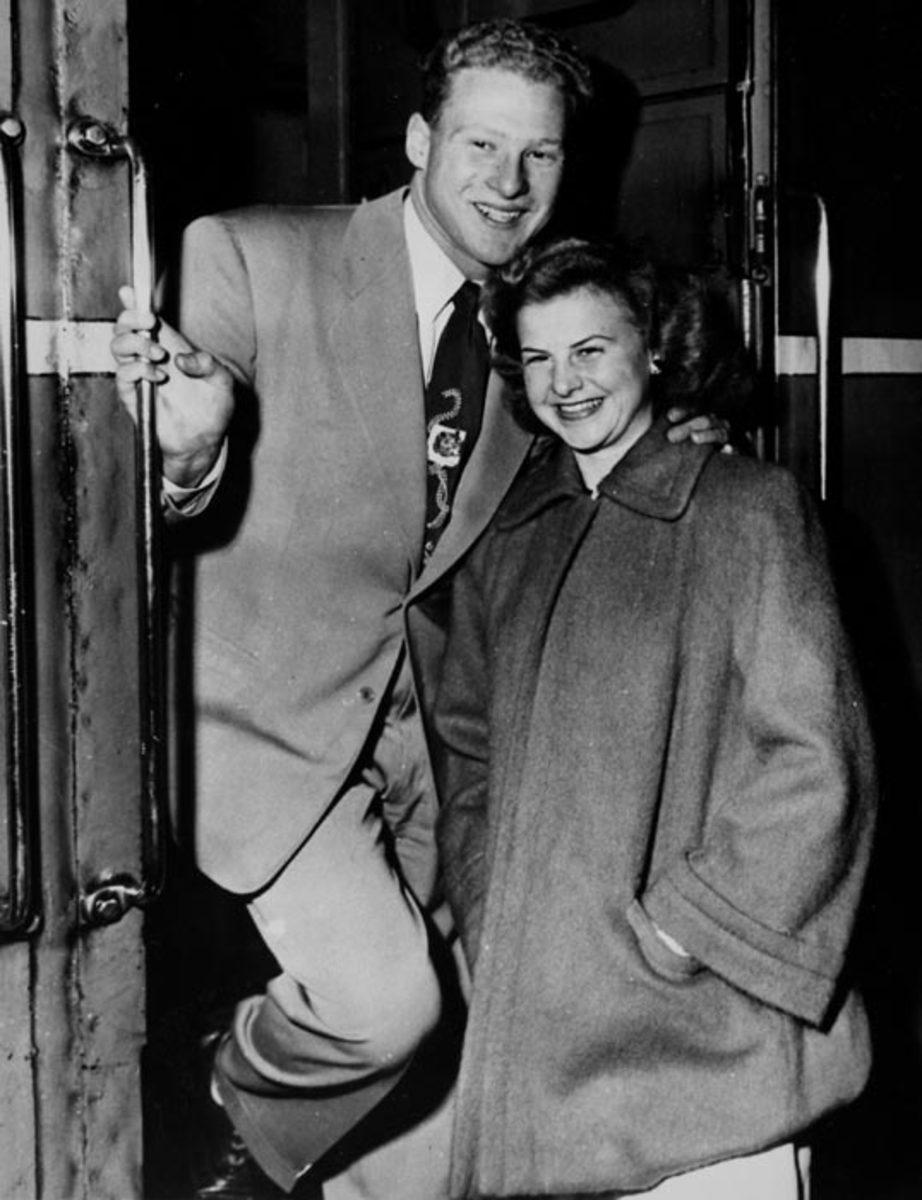
On the first punt return of his college career, Jensen dodged and darted past Wisconsin defenders for a 56-yard touchdown. "The rest of us just stood there on the sidelines with our mouths open," a teammate said. "Finally somebody said, 'Who in the hell is that guy?'" Jensen was an All-America as a running back for Cal in 1948, but he was better at baseball. He was a two-time All-America as a pitcher and outfielder and led the Golden Bears to a national title at the first College World Series, in 1947. Cal beat a Yale team featuring future President George H.W. Bush in the title game.
Marion Jones
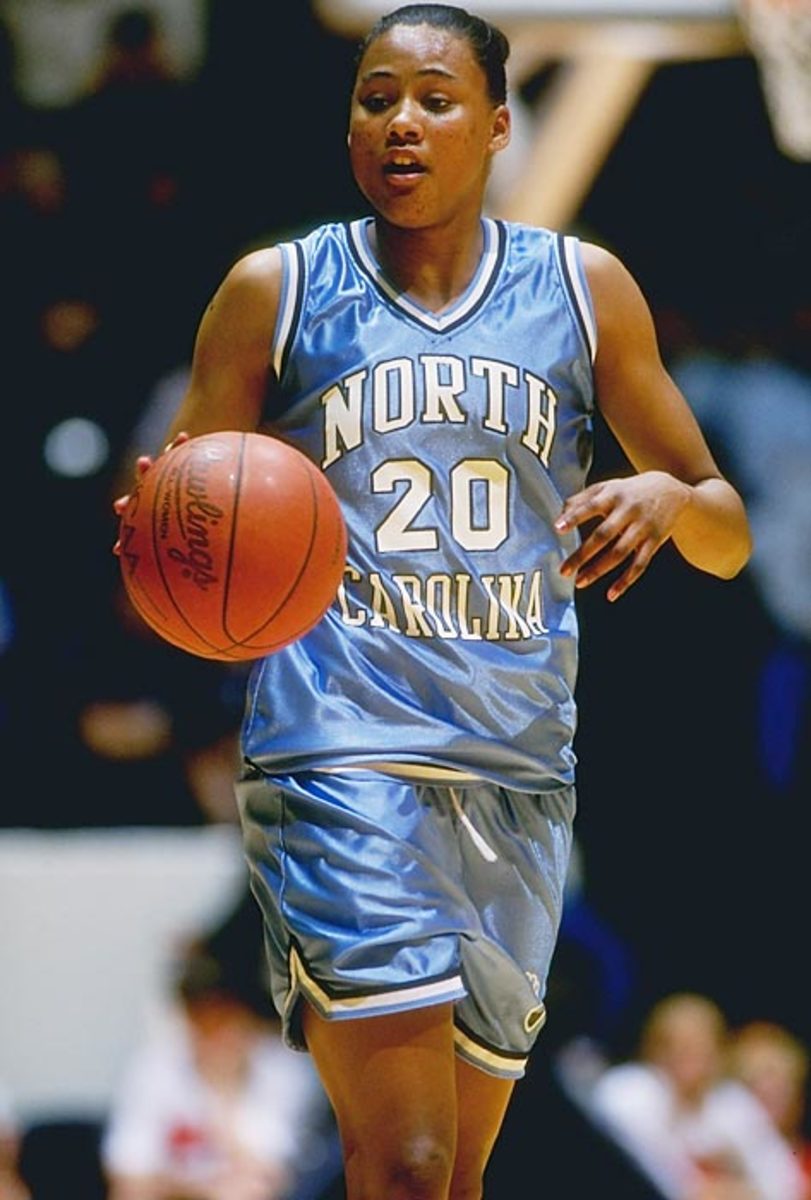
Before steroid use tarnished her reputation and cost her Olympic medals, Jones excelled at North Carolina. She entered as one of the best high school sprinters ever, and in 1994, became an All-America in four events. But she also developed into an All-America point guard. The Tar Heels went 92-10 in her three seasons on the team. She gave up her last year of eligibility to concentrate on track.
Jackie Joyner-Kersee
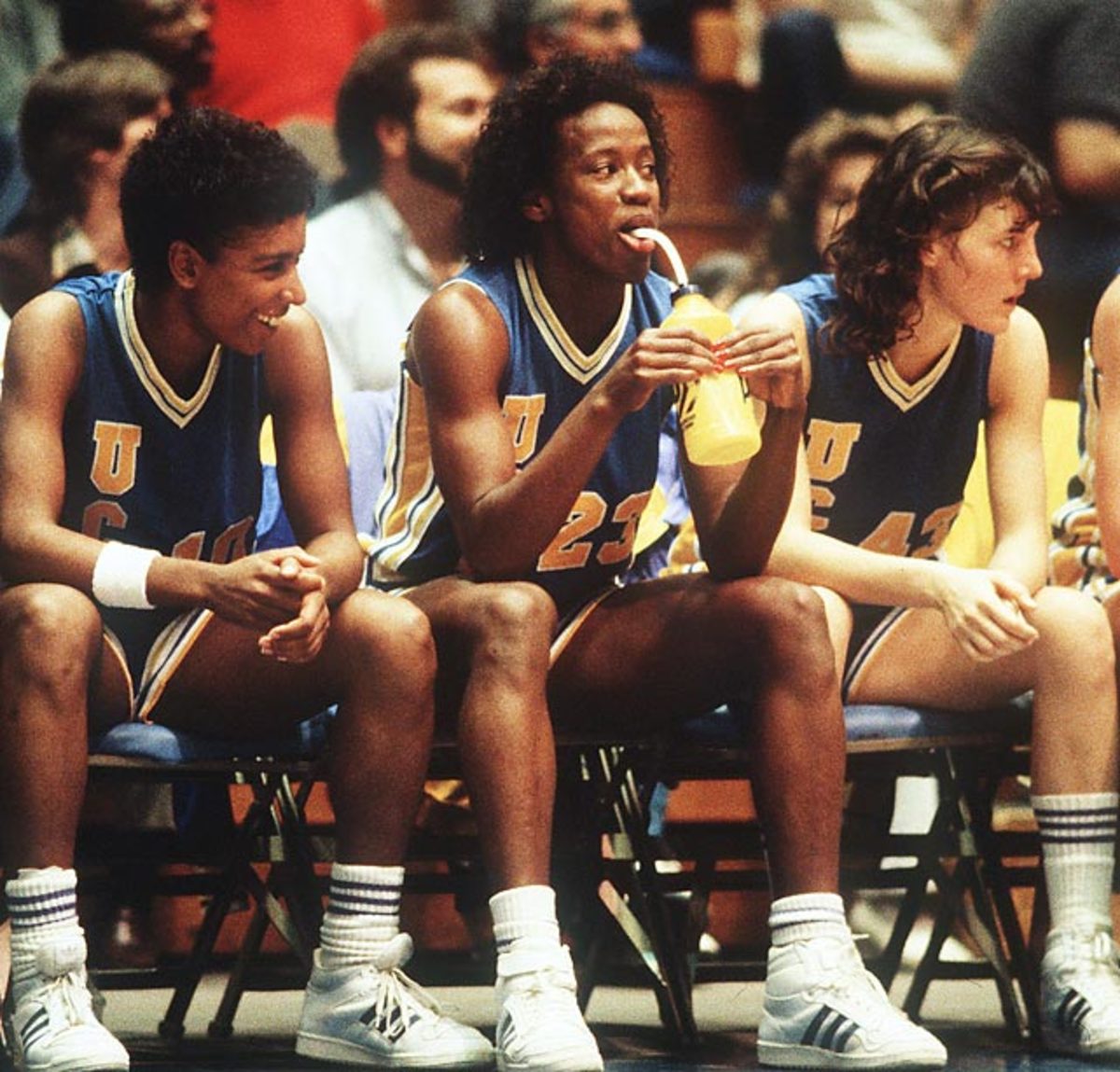
In 2001, Joyner-Kersee was named the "Top Woman Collegiate Athlete of the Past 25 Years" in a vote by NCAA schools. It's not hard to see why. She was a two-time national champion in the heptathlon at UCLA and, while still a student, won the silver medal in the event at the 1984 Olympics. She was also a four-year starter on the basketball team and named one of the school's 15 best players.
Sally Kipyego
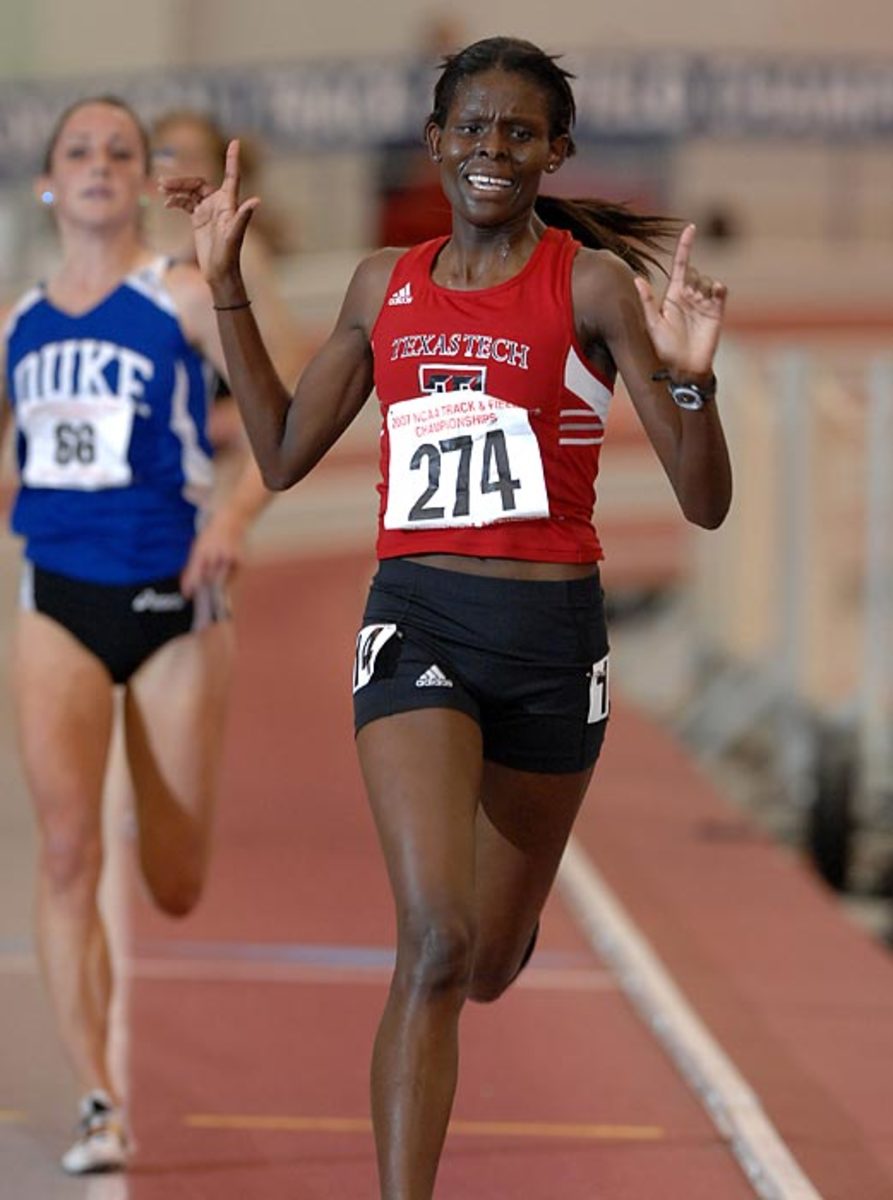
When Kipyego arrived from Kenya, she spent her first three semesters at South Plains College in Levelland, Texas. She won seven junior college national titles in cross country and track. But it was when she transferred to nearby Texas Tech that she put her name in discussion as the top college distance runner ever. Kipyego won three national cross country titles from 2006 to 2008 and six titles in distance events in indoor and outdoor track. She won the silver medal in the 10,000 meters at last year's London Olympics.
Courtney Kupets
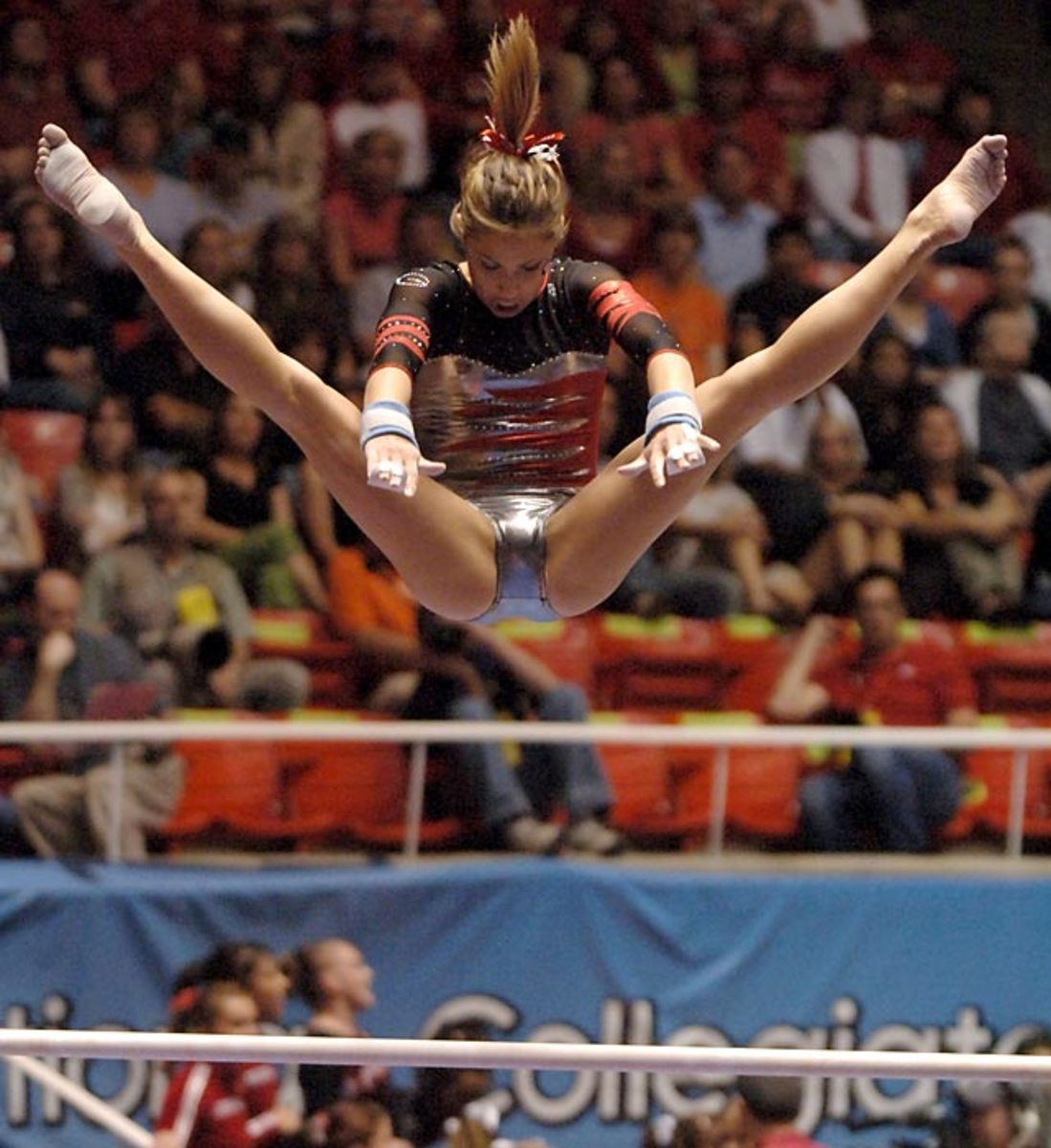
Kupets' college coach called her the "Muhammad Ali of gymnastics" after she closed her career as the sport's most decorated collegian. After Kupets won a bronze medal in the uneven bars at the 2004 Olympics, she showed her all-around dominance at Georgia. She was the first college gymnast to win individual titles in every event, and her four titles during her senior season gave her a record nine NCAA championships. Georgia won the team title during all four seasons she competed.
Pete Maravich
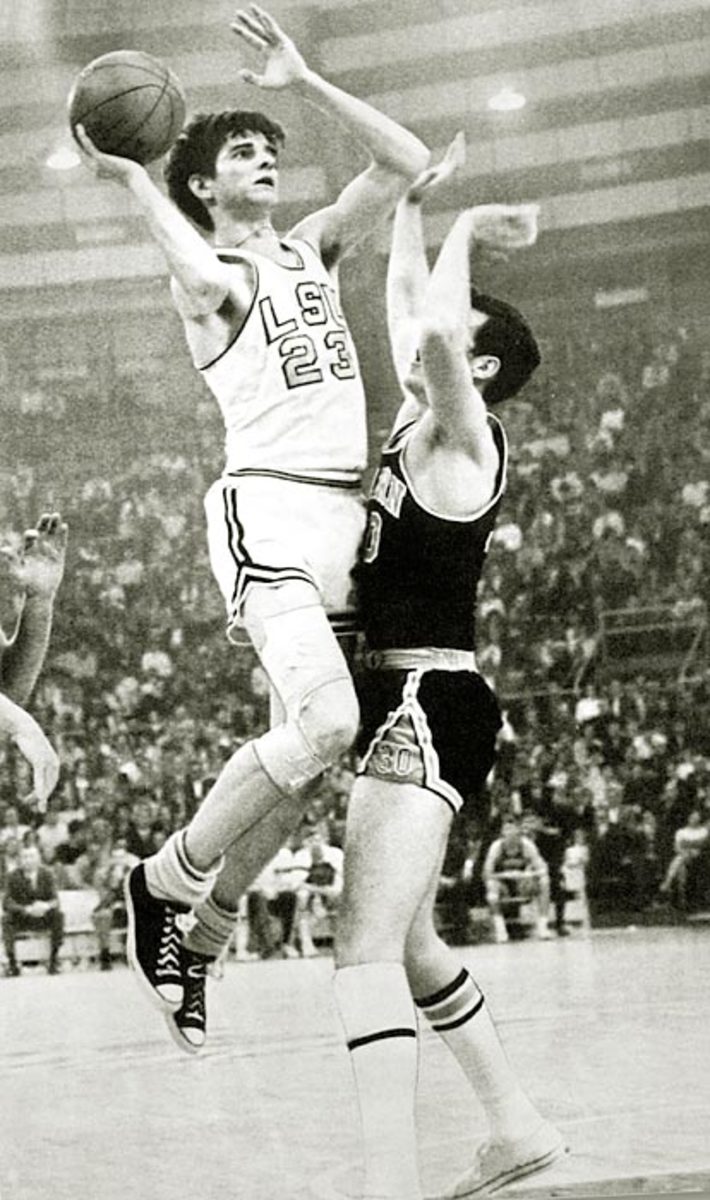
LSU's Pistol Pete was the greatest scorer in college basketball history. He averaged 44.2 points per game in his career and won the 1970 Naismith Player of the Year. He handled the ball as well as anyone to play the game, and he shot well -- and often -- from anywhere on the court. It's hard to imagine how many points Maravich would have scored if the three-point line was around during his era.
Cheryl Miller
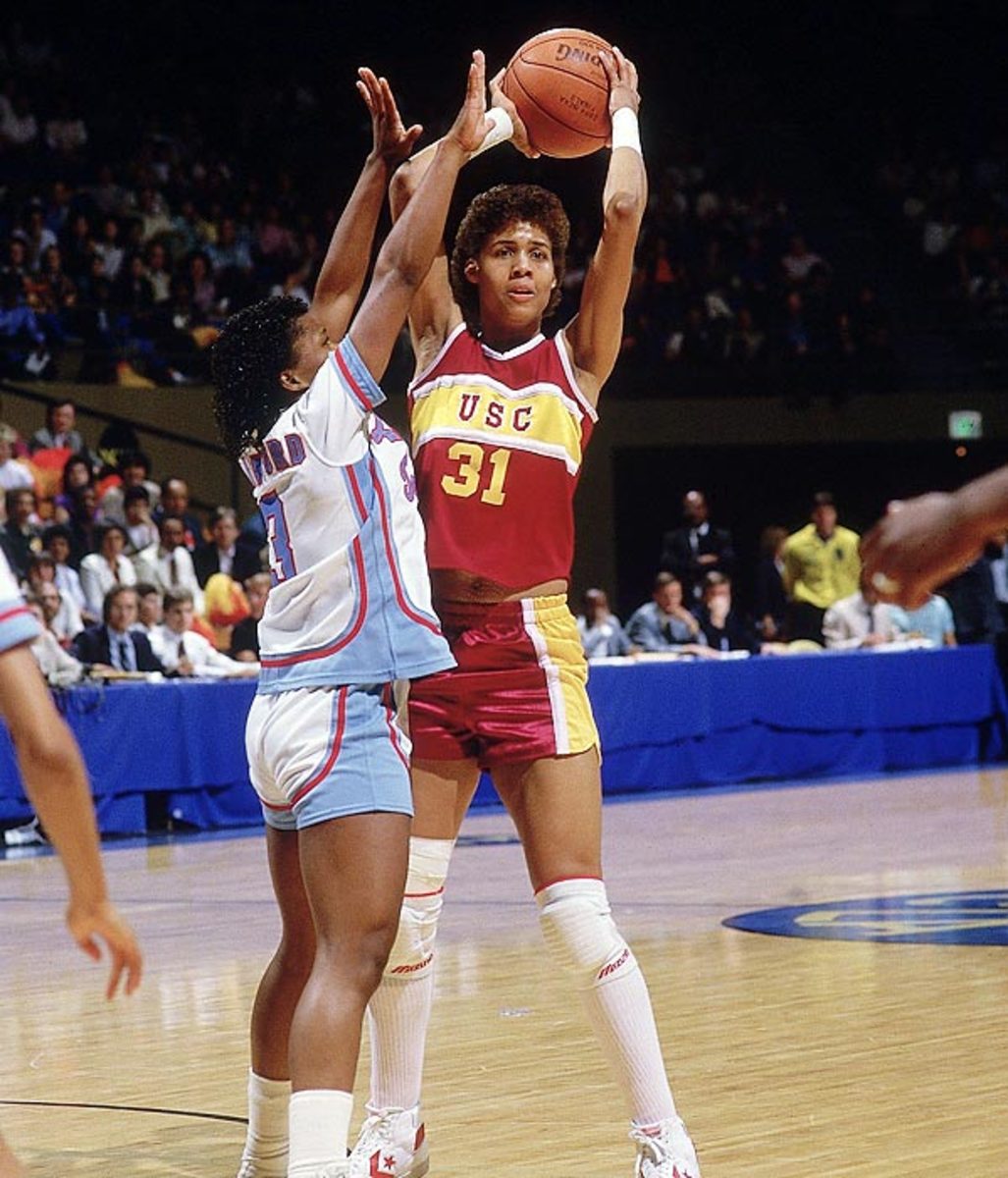
Miller gained fame in high school for scoring 105 points in a game, and she didn't disappoint in her time at USC. She was a three-time Naismith Player of the Year winner and led the Trojans to two national titles.
Bennie Oosterbaan
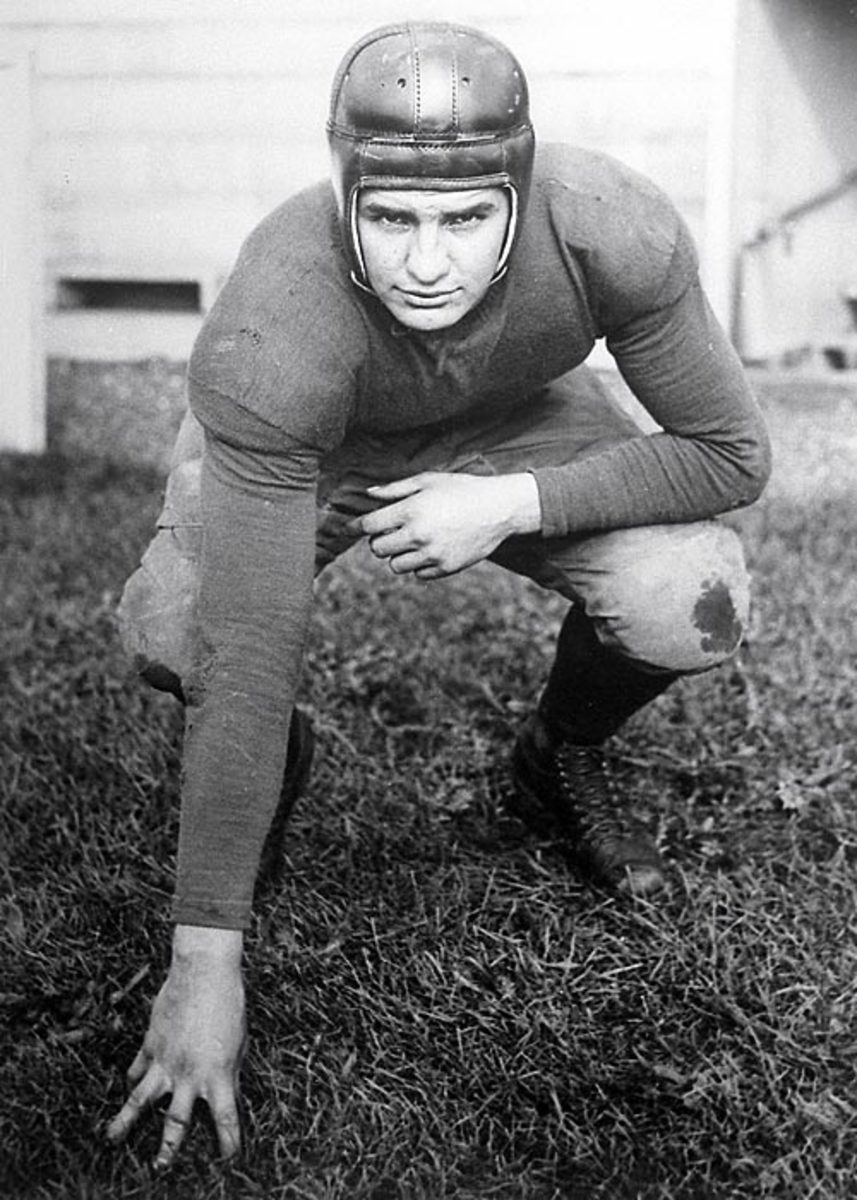
A three-time All-America in football at Michigan, Oosterbaan led the Big Ten with eight touchdowns in 1925. He was also an All-America in basketball in 1928 and a letterman in baseball. Oosterbaan became the Wolverines' football coach and led the team to a No. 1 ranking in 1948.
Jesse Owens
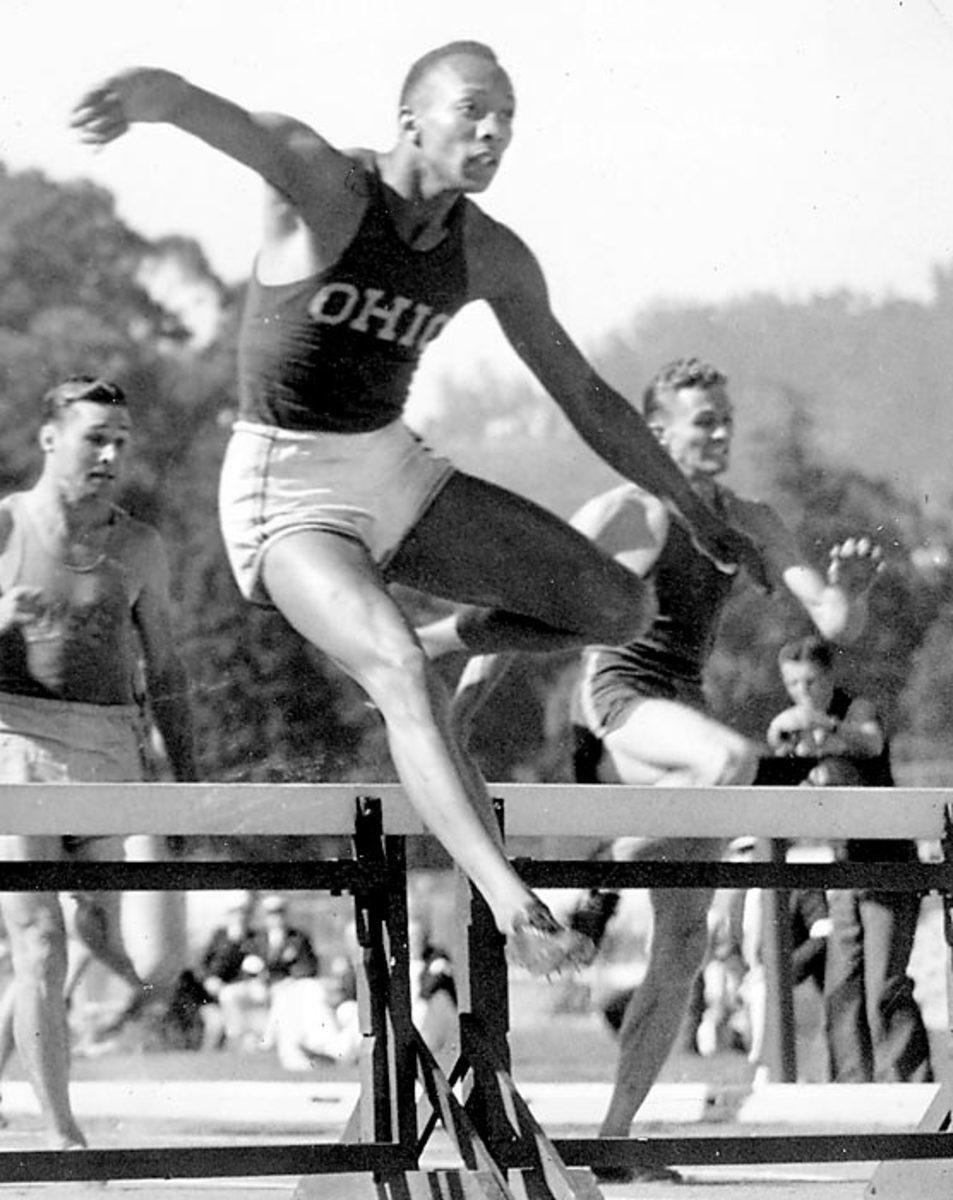
Owens' dominance as an Ohio State athlete can be seen in 45 minutes at the conference championship in 1935. He set world records in the 220-yard dash (20.3 seconds), the 220-yard low hurdles (22.6) and the long jump (26-feet-8-inches) and tied the world record in the 100-yard dash (9.4). A year later, he won four gold medals at the Berlin Olympics.
Candace Parker
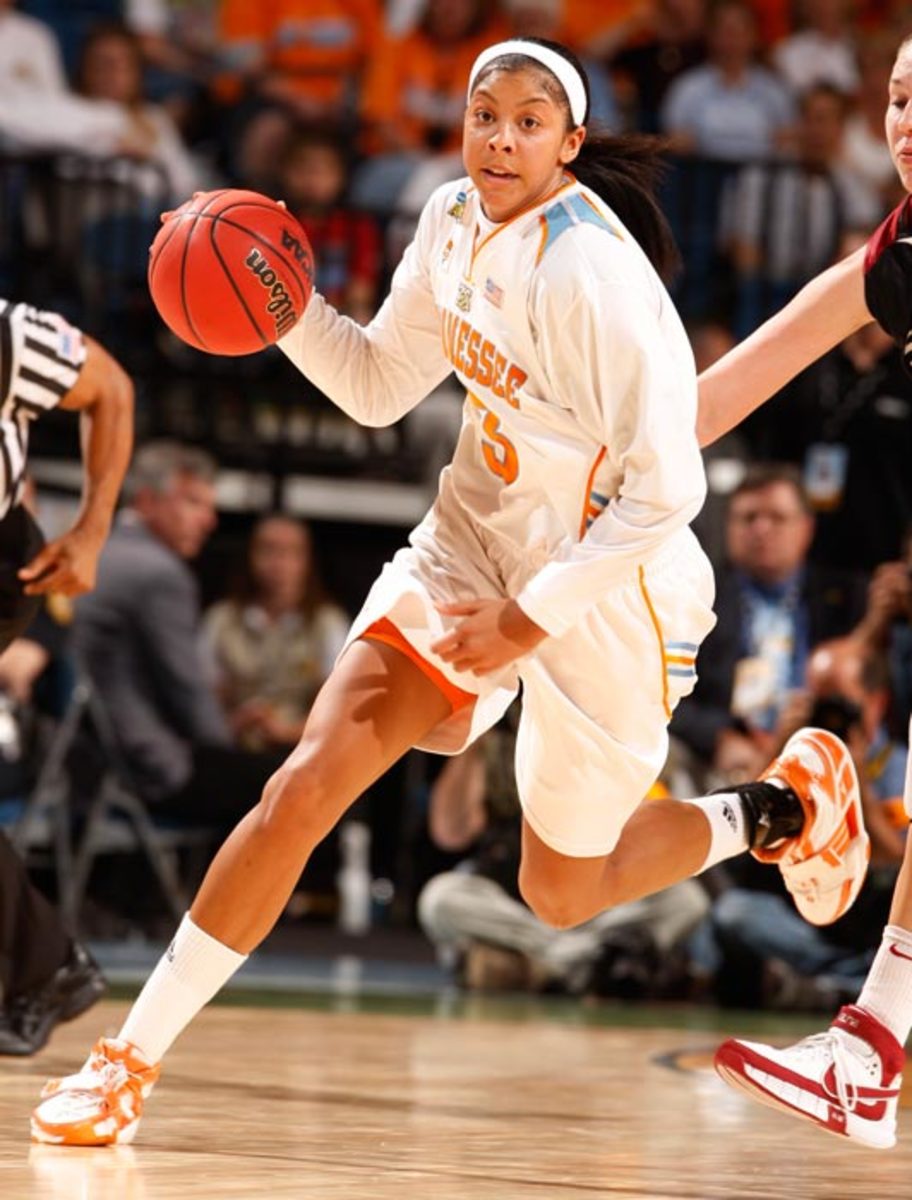
One of the most dynamic high school players ever, Parker was hailed as a game-changer. But her start at Tennessee was delayed by knee surgery, forcing her to redshirt her first year on campus. She ended up a three-time All-America and a Naismith Player of the Year. She also led Tennessee to back-to-back titles before leaving for school after her junior season to play in the WNBA.
Michael Powell
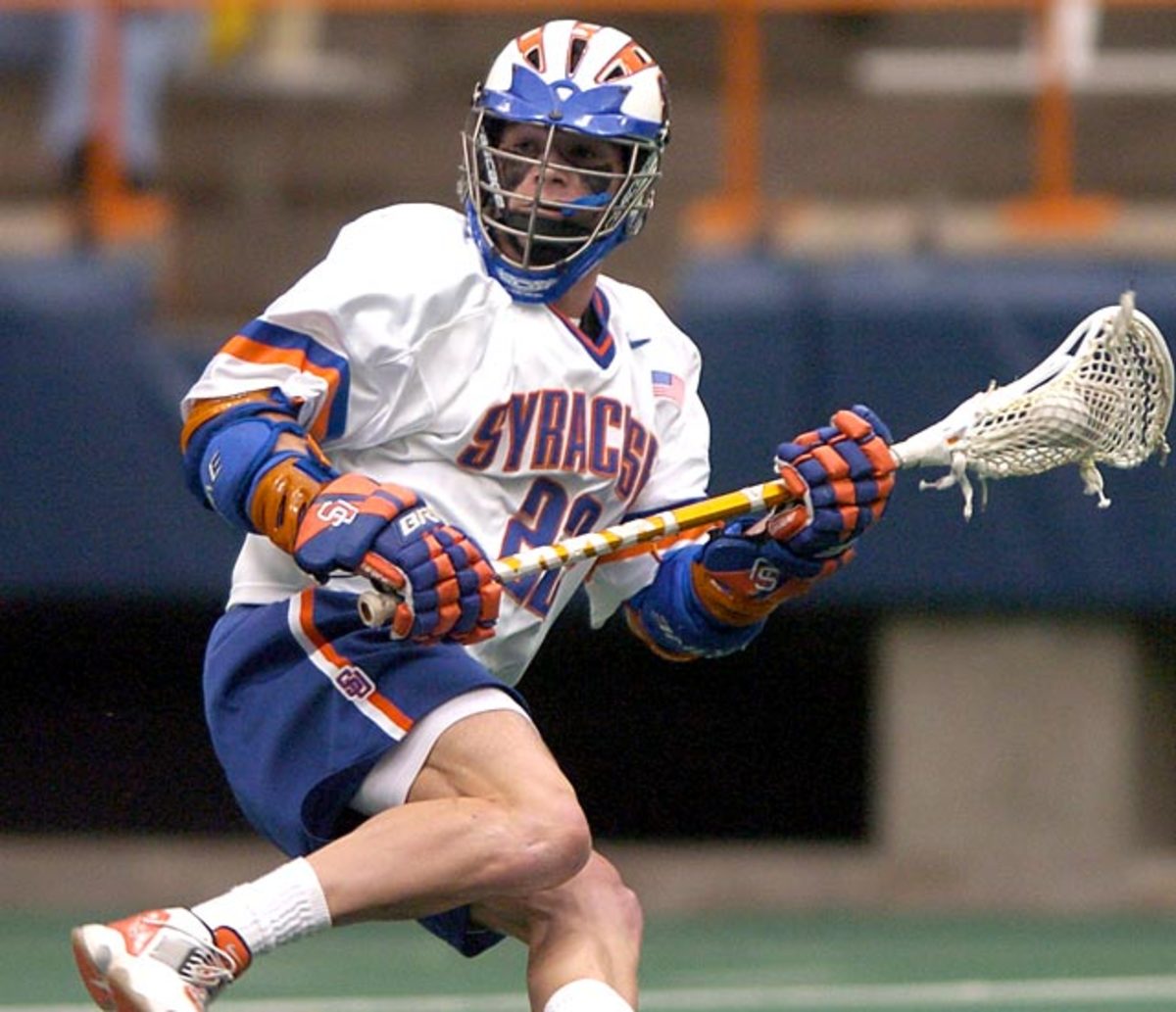
Mikey donned the No. 22 jersey worn by his older brothers and other Syracuse legends, including Gary Gait. Then he lived up to the expectations. Powell is the only four-time winner of the Jack Turnball Award as best attackman. He was also a four-time All-America, two-time winner of the Tewaaraton Trophy as player of the year and led Syracuse to two national titles. He edges Gait for a spot on this list.
Steve Prefontaine
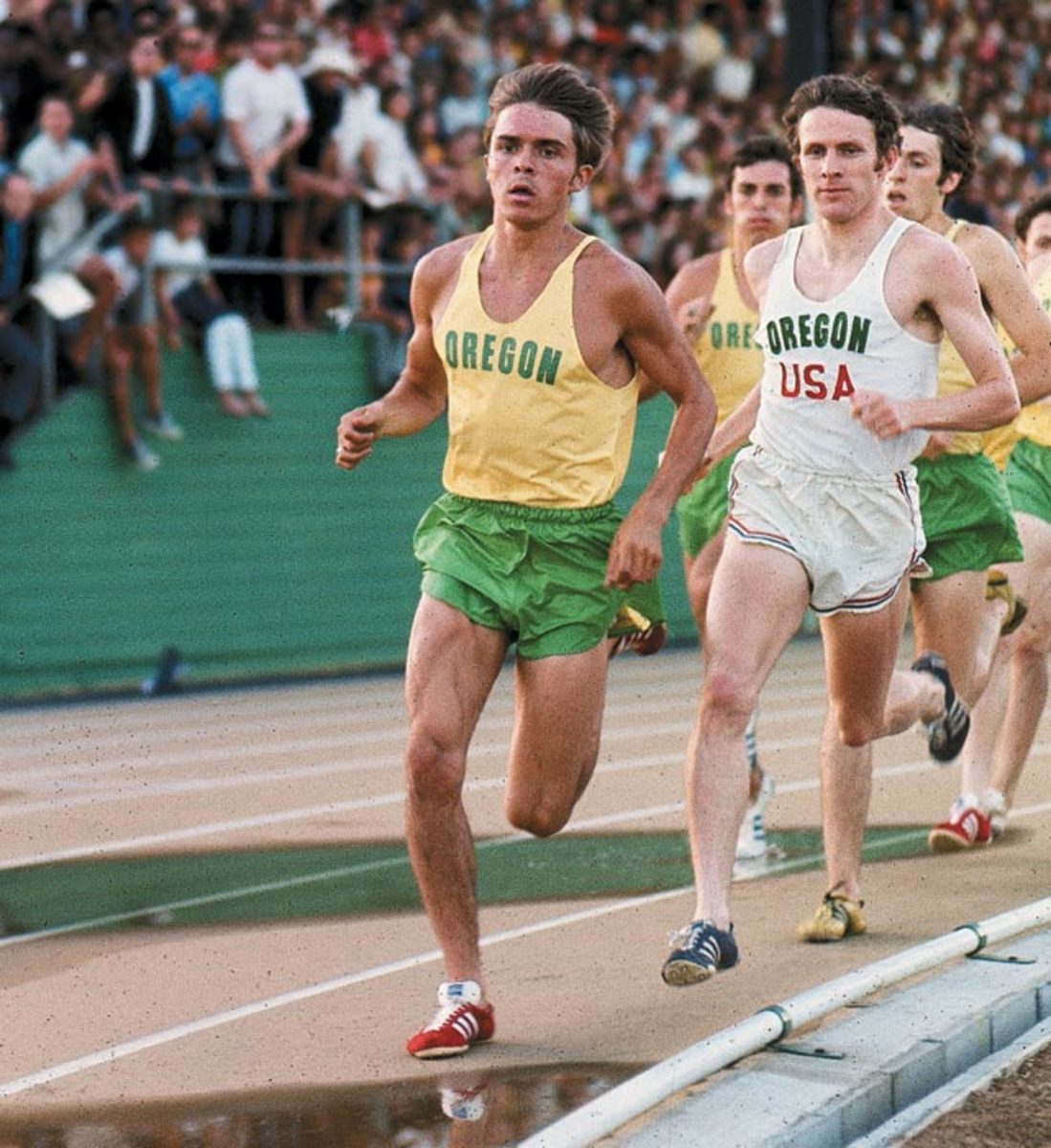
The Oregon legend ran from the front and challenged the competition to keep pace. The most famous American distance runner finished his college career with seven NCAA titles -- three in cross country, four in track. During his career, he also finished fourth in the 5,000 meters at the 1972 Olympics. When Pre died in a car accident at age 24, he held every American record between 2,000 and 10,000 meters.
Jackie Robinson
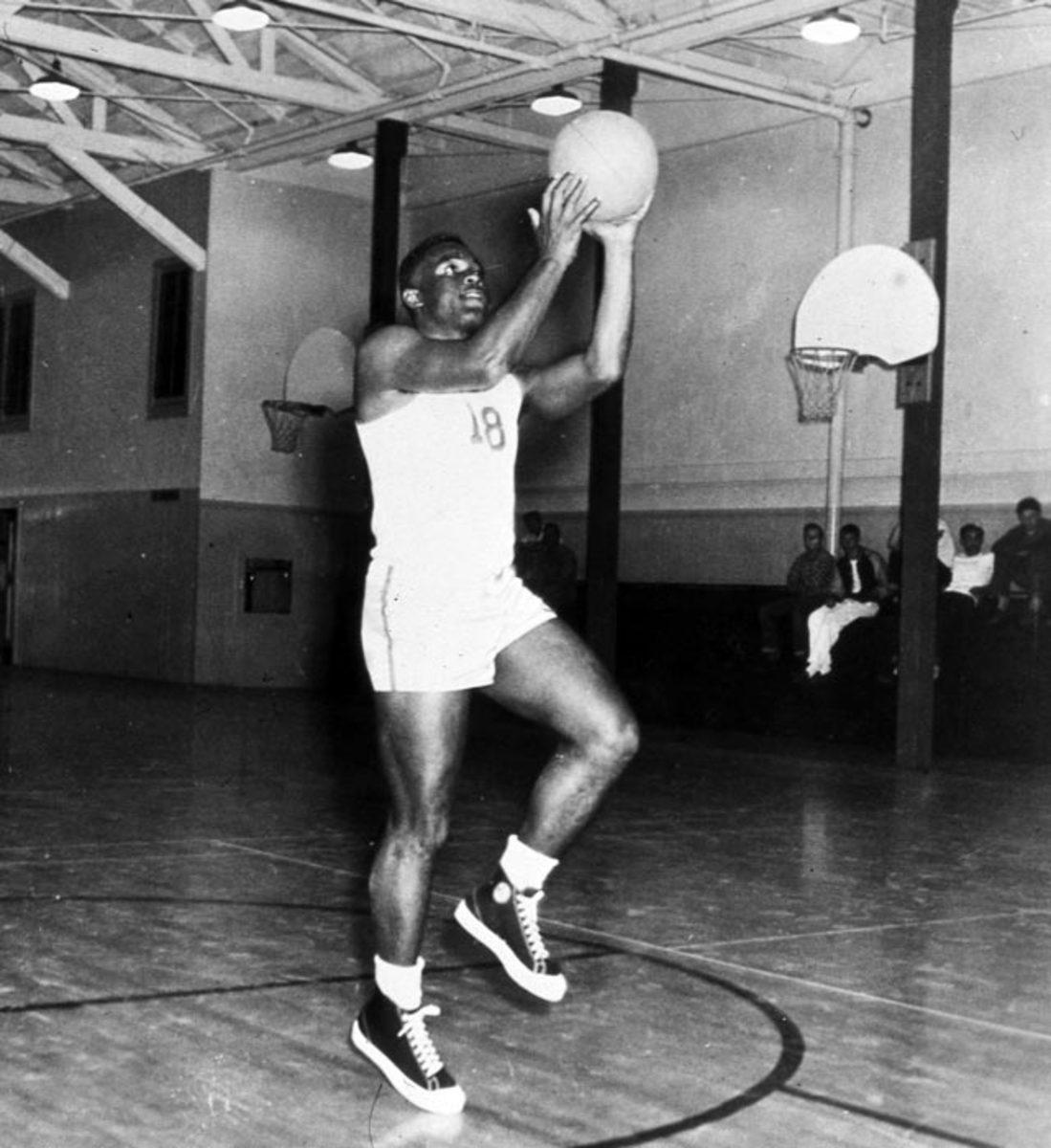
Robinson is best known for breaking baseball's color barrier with the Brooklyn Dodgers. But baseball may not have been his best sport at UCLA. Robinson won the national championship in the broad jump in 1940, twice led the Pac-10 in scoring in basketball and was an All-America at running back.
Bill Russell
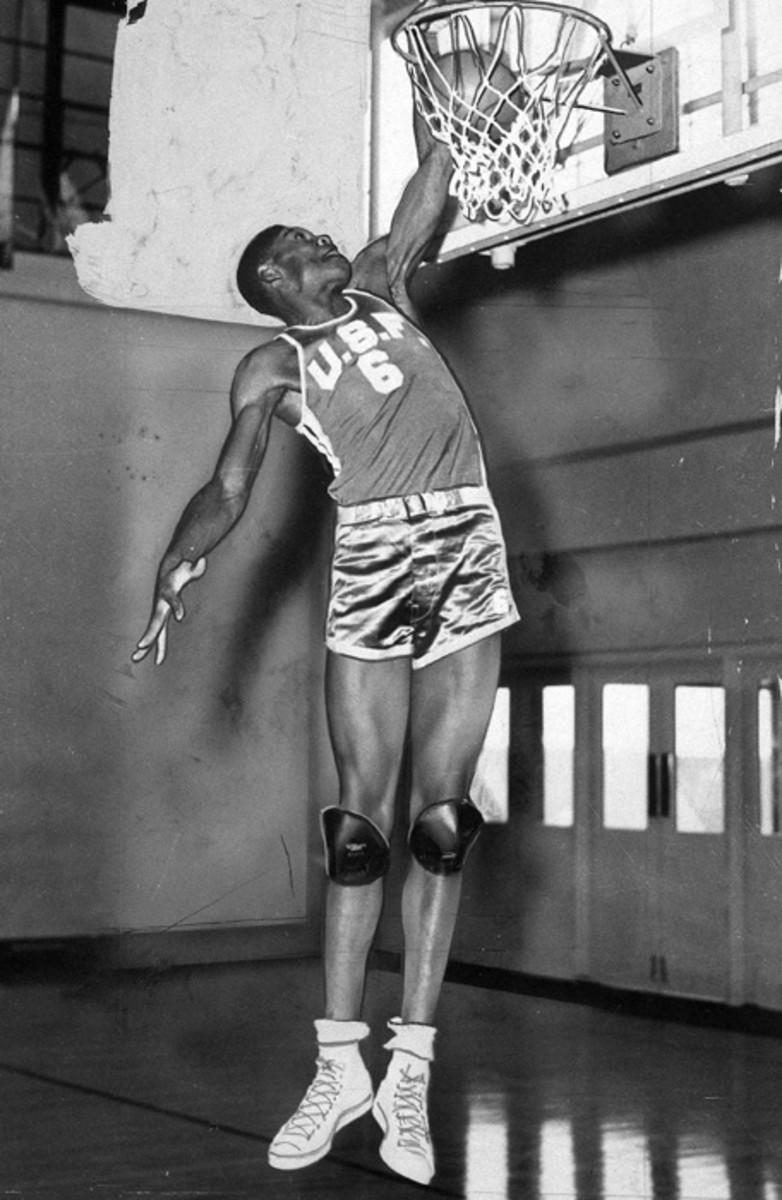
Legendary UCLA coach John Wooden called San Francisco star Russell the greatest defensive player he'd ever seen. Russell averaged more than 20 points and 20 rebounds per game in his last two years of college, winning National Player of the Year both years. He also led the Dons on a 55-game winning streak. But the stat sheet didn't fully explain his dominance -- they didn't track blocked shots at the time. Russell also ran track and high jumped in college.
Jim Ryun
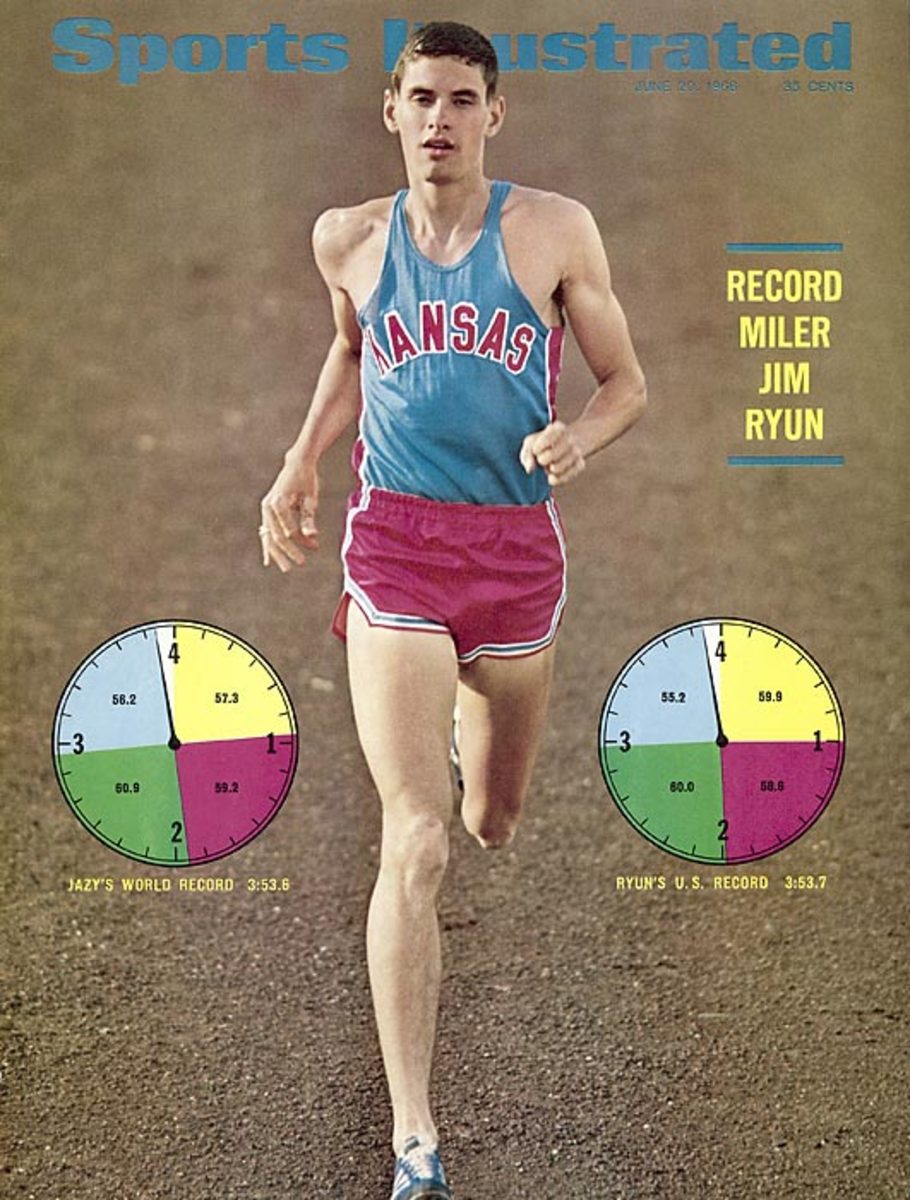
The best high school runner ever -- and the first to break four minutes in the mile -- Ryun choose to stay close to home and attend Kansas. Before he competed for the Jayhawks, he had set the world record in the mile. With Kansas, he lowered his record mark to 3:51.1. He won five individual NCAA titles in track, including at the 1969 indoor championships, where he edged Villanova's Marty Liquori to give the Jayhawks the team title.
Deion Sanders
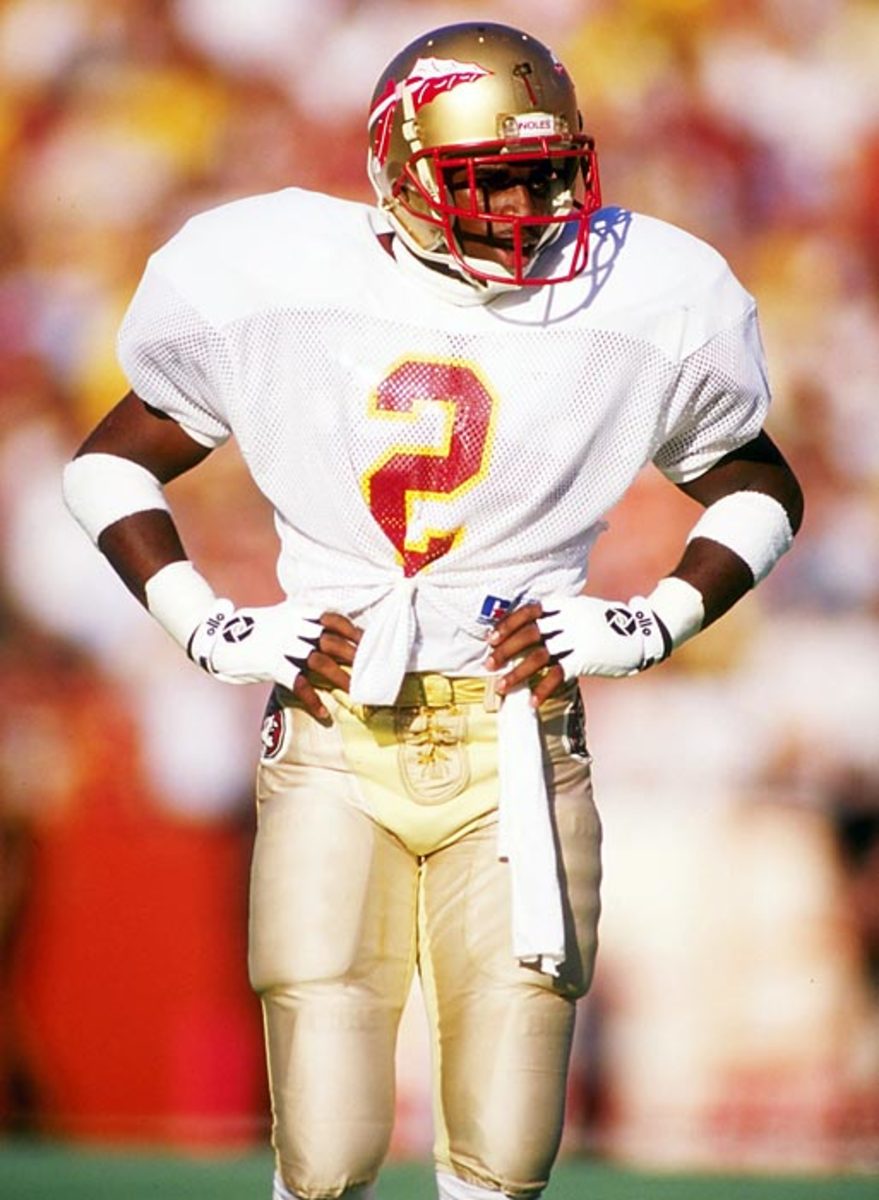
"Prime Time" had speed to spare, and he used it in three sports at Florida State. He was a sprinter on a conference champion track team. He hit .331 (and stole plenty of bases) for a College World Series-qualifying baseball team. Most famously, he won the Jim Thorpe Award and was a two-time All-America as a cornerback for Bobby Bowden's football team.
Cael Sanderson
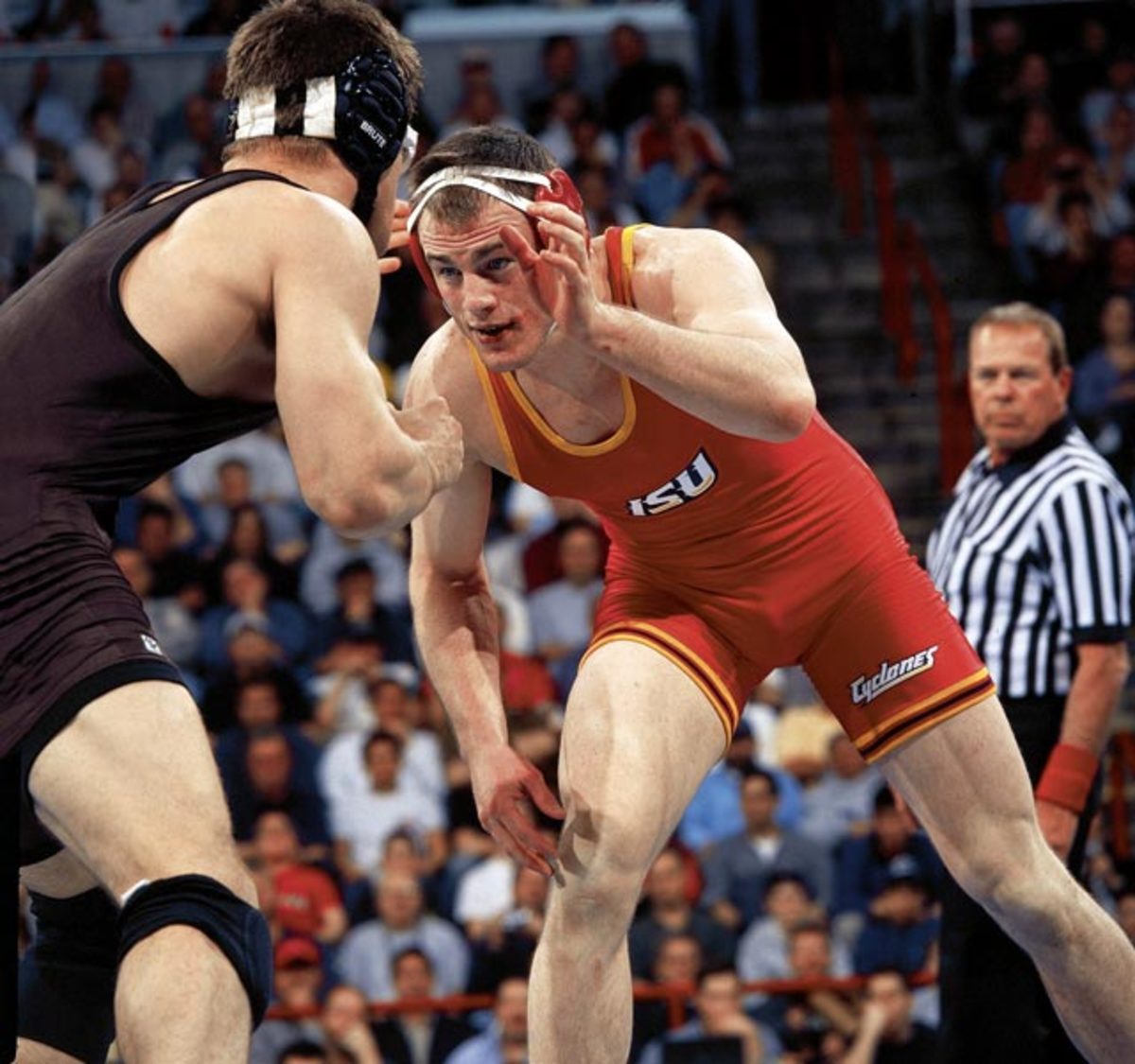
As a senior at Iowa State in 2002, only four of Sanderson's 40 matches lasted the full seven minutes. It was a dominant end to an unblemished career. Sanderson went 159-0 in college. He won four national titles -- the first three at 184 pounds, the last at 197 -- and was named outstanding wrestler at each of those NCAA championships. He added a gold medal at the 2004 Athens Olympics and now coaches Penn State's wrestling team.
O.J. Simpson
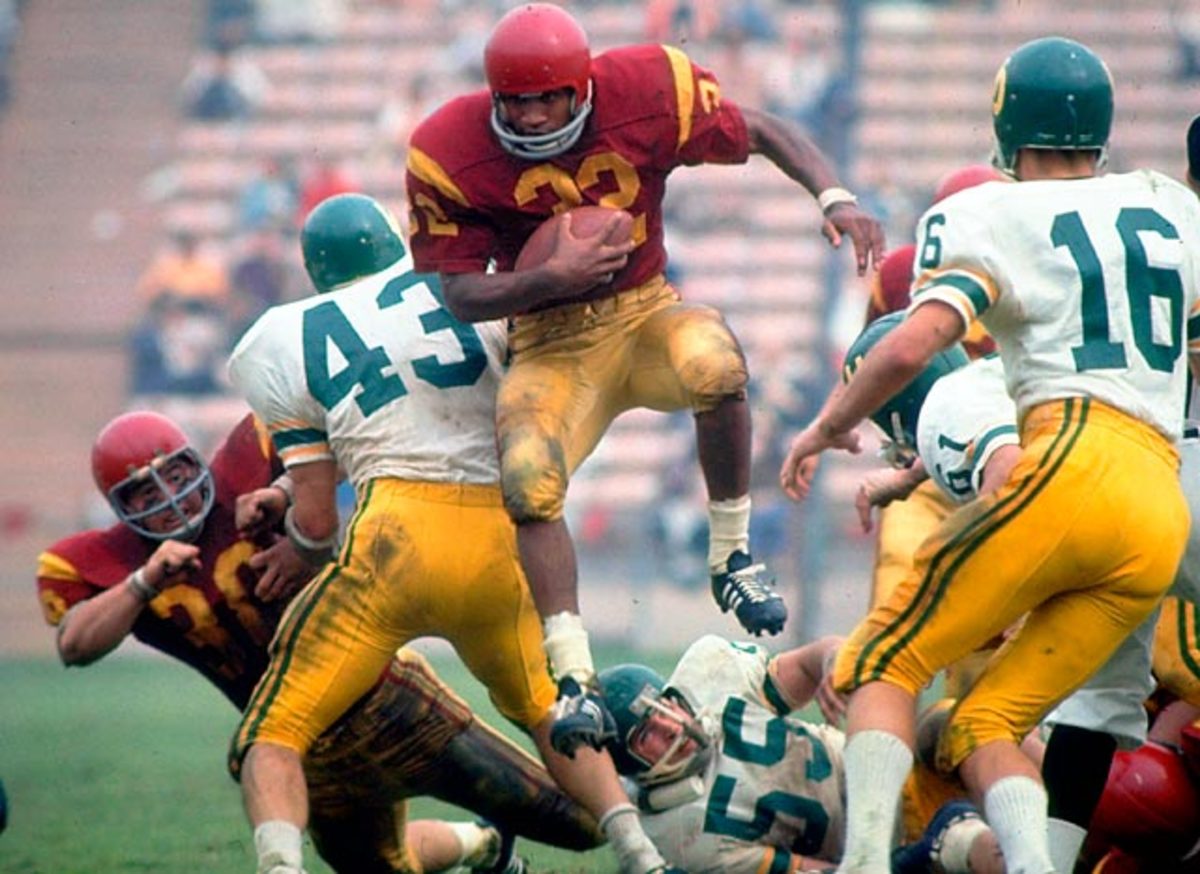
Watch Simpson's famous 64-yard game-winning touchdown run against UCLA in 1967. He dives straight up the middle, dodges arm tackles and shoves a teammate at one point. He bursts to the far sideline and cuts back right, finding a seam and accelerating by defenders. Runs like this are why Simpson is one of the best of all-time. He led the nation in rushing both seasons he played for USC and won the Heisman in 1968.
Mark Spitz
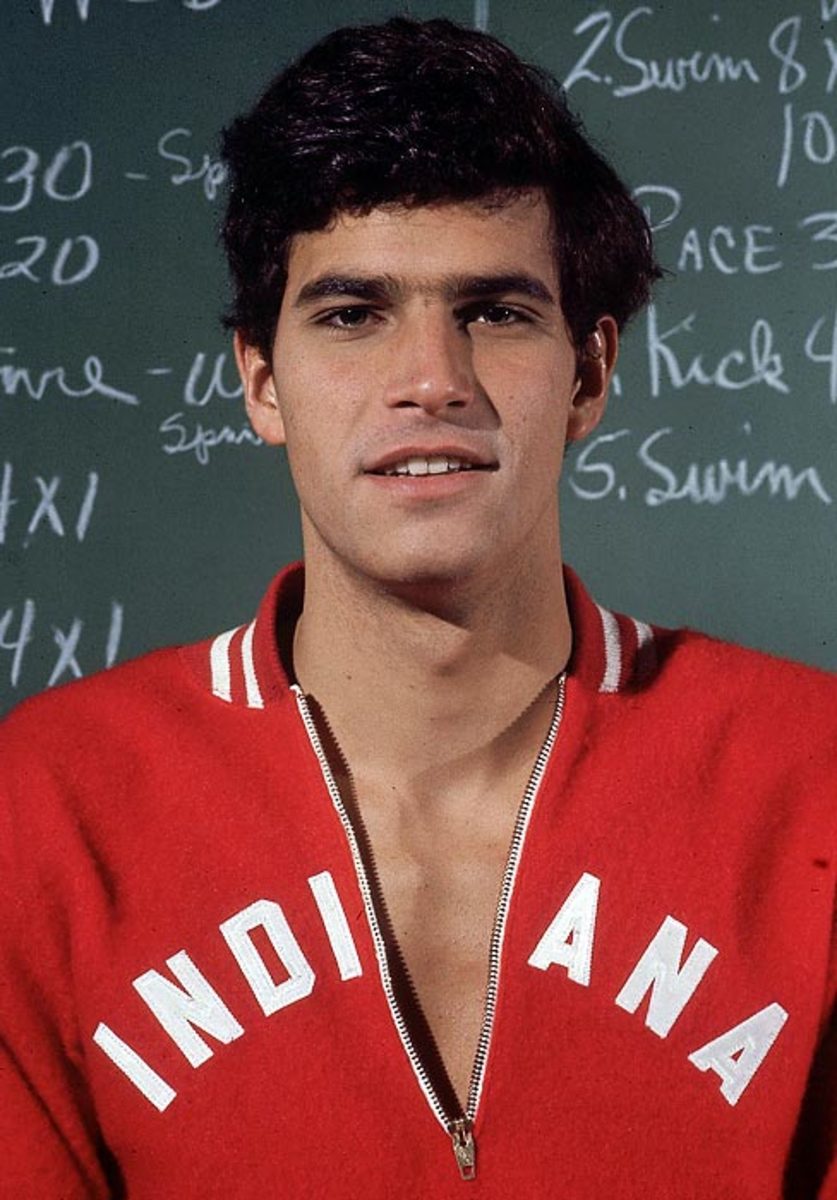
Spitz talked a big game before the 1968 Olympics but failed to win an individual gold. The build-up to his historic outing in Munich four years later took place at Indiana. Spitz won eight individual NCAA titles with the Hoosiers and took the Sullivan Award as the United States' top amateur athlete in 1971. At the 1972 Olympics, he won seven gold medals.
Diana Taurasi
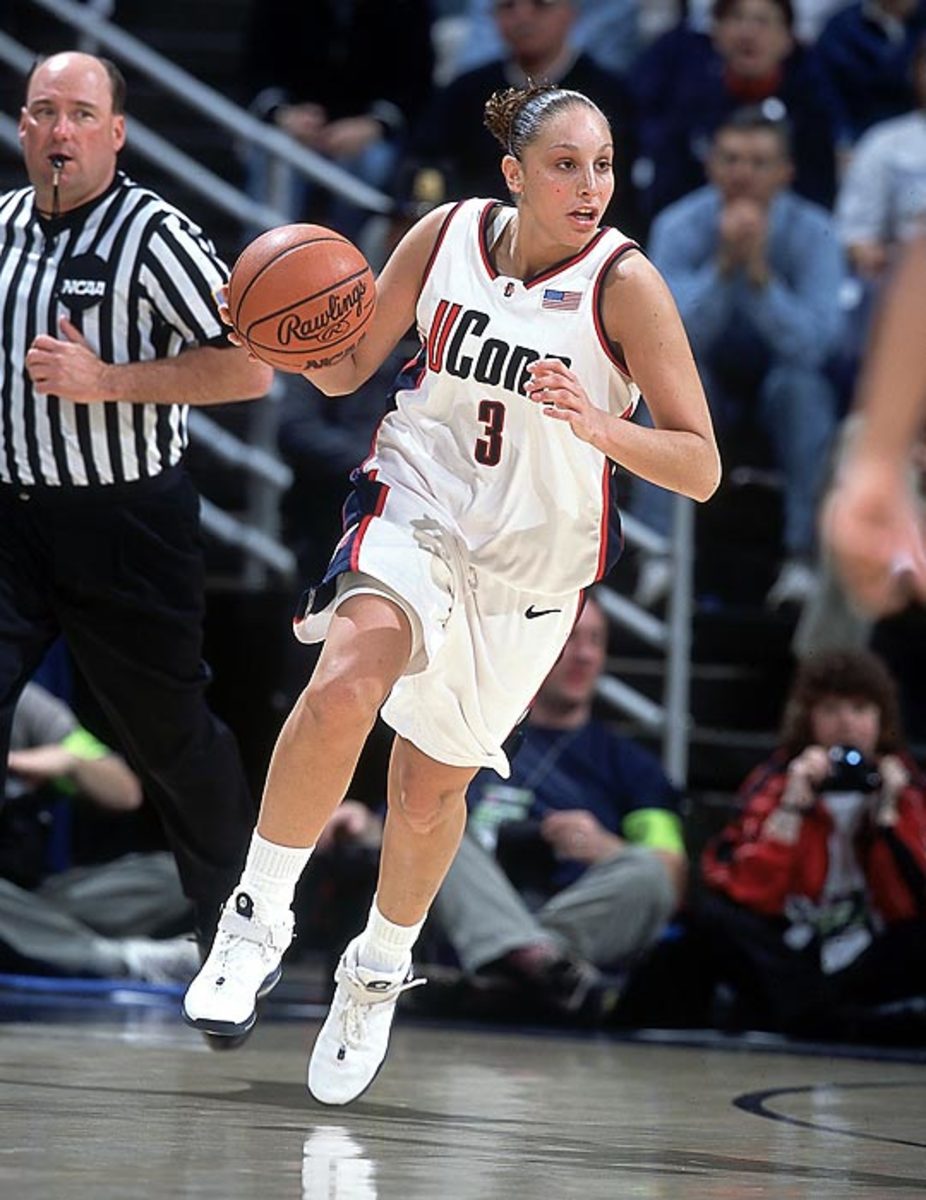
Connecticut coach Geno Auriemma summed up his team's advantage at one point during Taurasi's career: "We got Diana and they don't." Taurasi won the Naismith Player of the Year in 2003 and 2004 and was a part of three straight national championships. She was her best in the biggest moments. Taurasi averaged 18.7 points, 5.1 rebounds and 4.6 assists in 23 NCAA Tournament games and won the Final Four Most Outstanding Player twice.
Tim Tebow
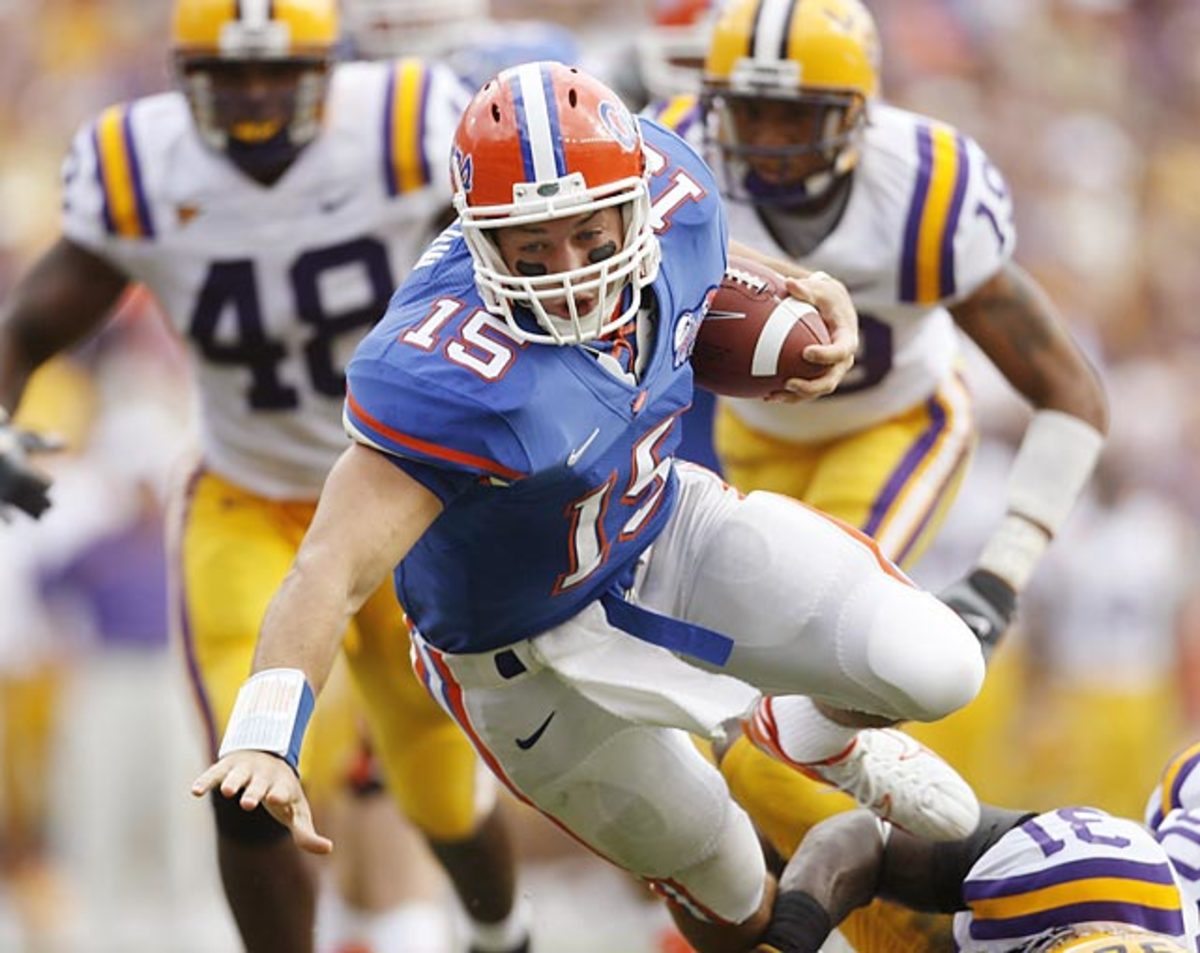
Tebow did more than popularize jump passes and eye-blacked Bible verses. With the tabloid coverage of Tebow's NFL career, people sometimes forget just how good he was at Florida. Tebow holds the SEC record for rushing touchdowns with 57. He was a more accurate passer than Peyton Manning in college. He led the Gators to two national titles and brought home the Heisman as a sophomore. He was the perfect dual-threat quarterback in the spread offense era.
Jim Thorpe
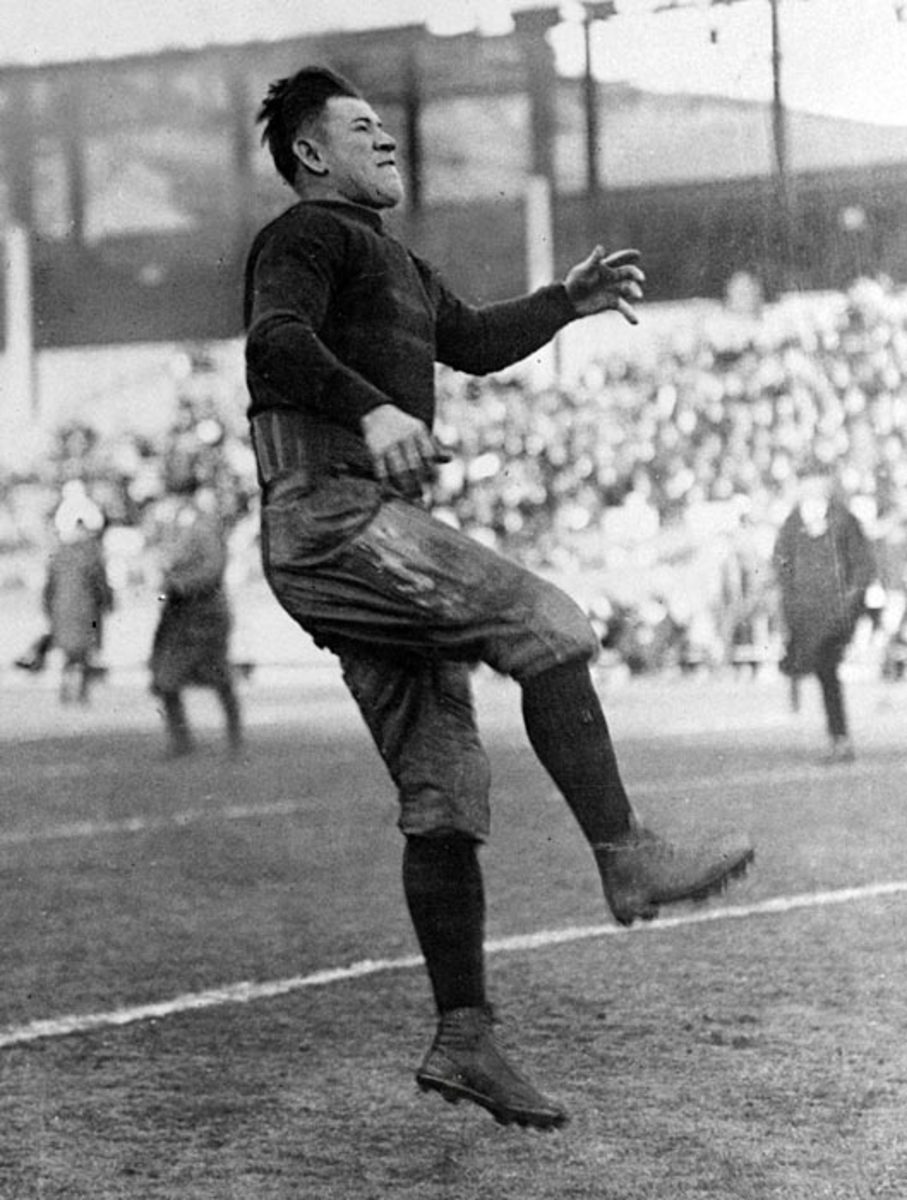
Coached by Pop Warner at the Carlisle Indian Industrial School, Thorpe was a two-time All-America playing running back, defensive back, punter and kicker. In between those seasons, he won two gold medals at the 1912 Olympics. Those medals were stripped because he had been paid to play minor league baseball, but they were returned posthumously in 1982. Thorpe was named the Greatest Athlete of the First Half of the 20th Century by the Associated Press.
Robin Ventura
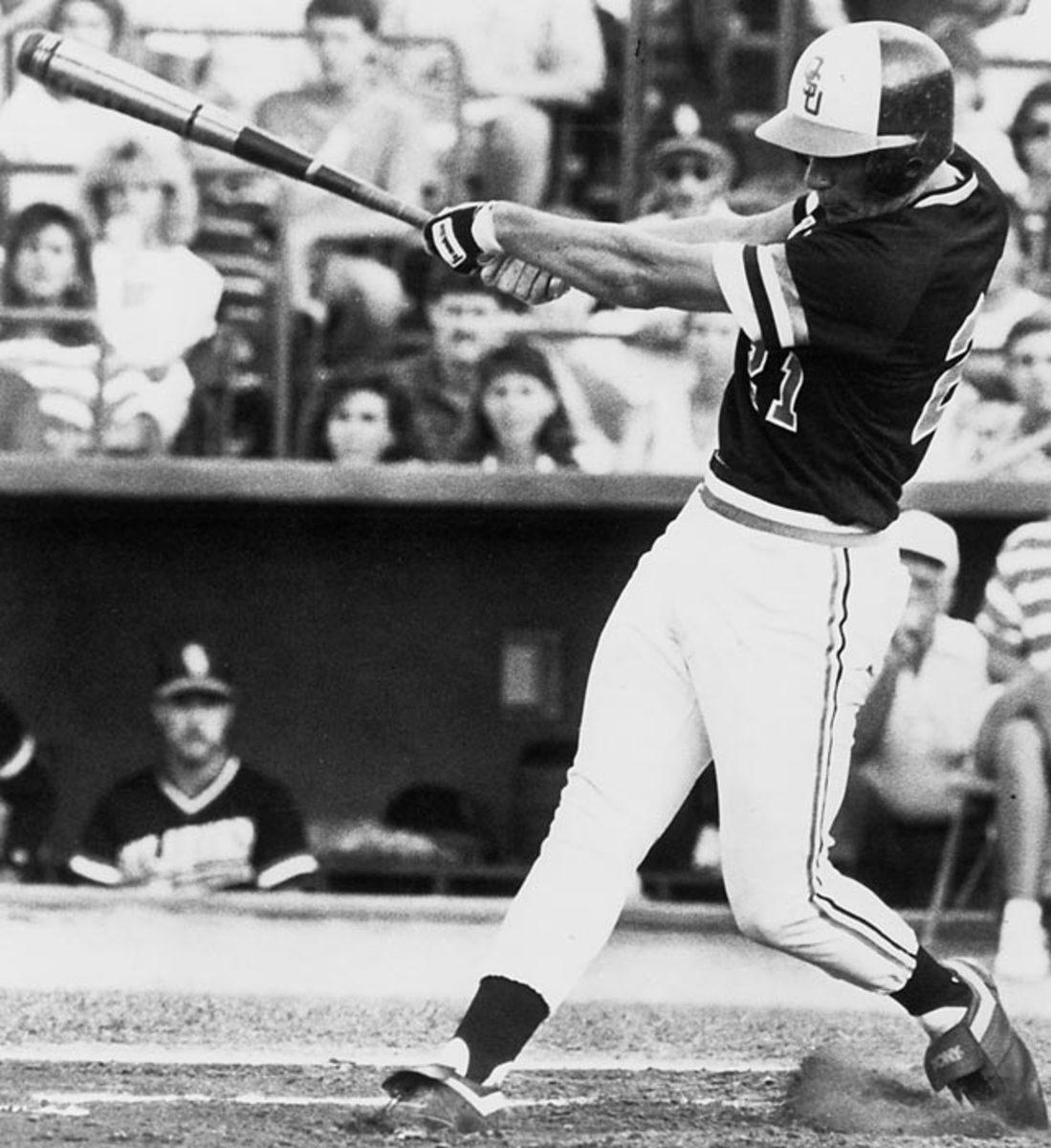
A member of the College Baseball Hall of Fame's inaugural class, Ventura was an All-America selection all three seasons at Oklahoma State. He hit .469 as a freshman and led the nation with 96 RBI. He was Baseball America's Player of the Year as a sophomore and set a record 58-game hitting streak. In his final year with the Cowboys, Ventura won the Golden Spikes Award after hitting .391 with 26 homers.
Herschel Walker
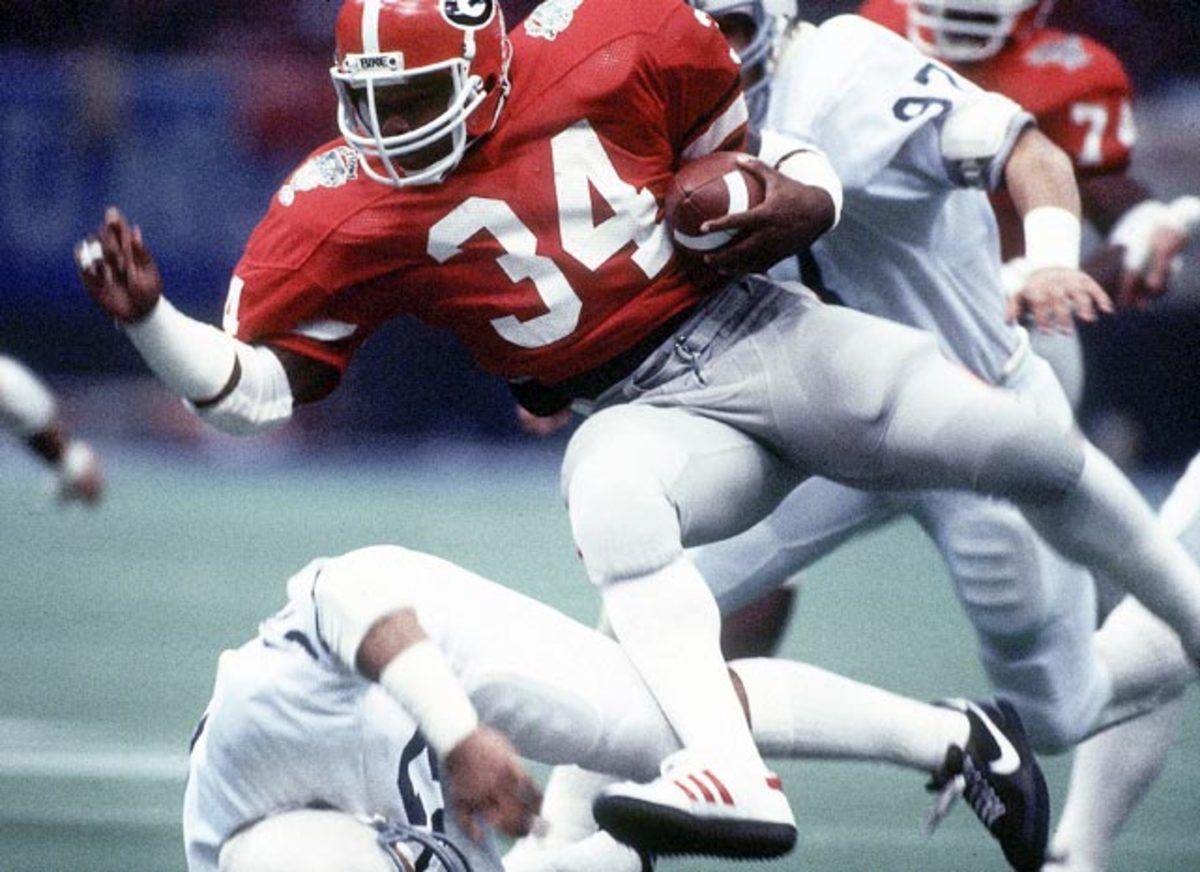
That Walker had to wait until his junior year to finally win the Heisman may be the most surprising thing about his career. The Georgia running back ran for 1,616 yards and 15 touchdowns as a freshman. Those numbers were nearly identical to Heisman winner George Rogers' stats. Walker ranked in the top-3 in Heisman voting each year and ran through and around defenders with ease. He finished for 49 touchdowns and nearly 5,300 yards in his three seasons.
Bill Walton
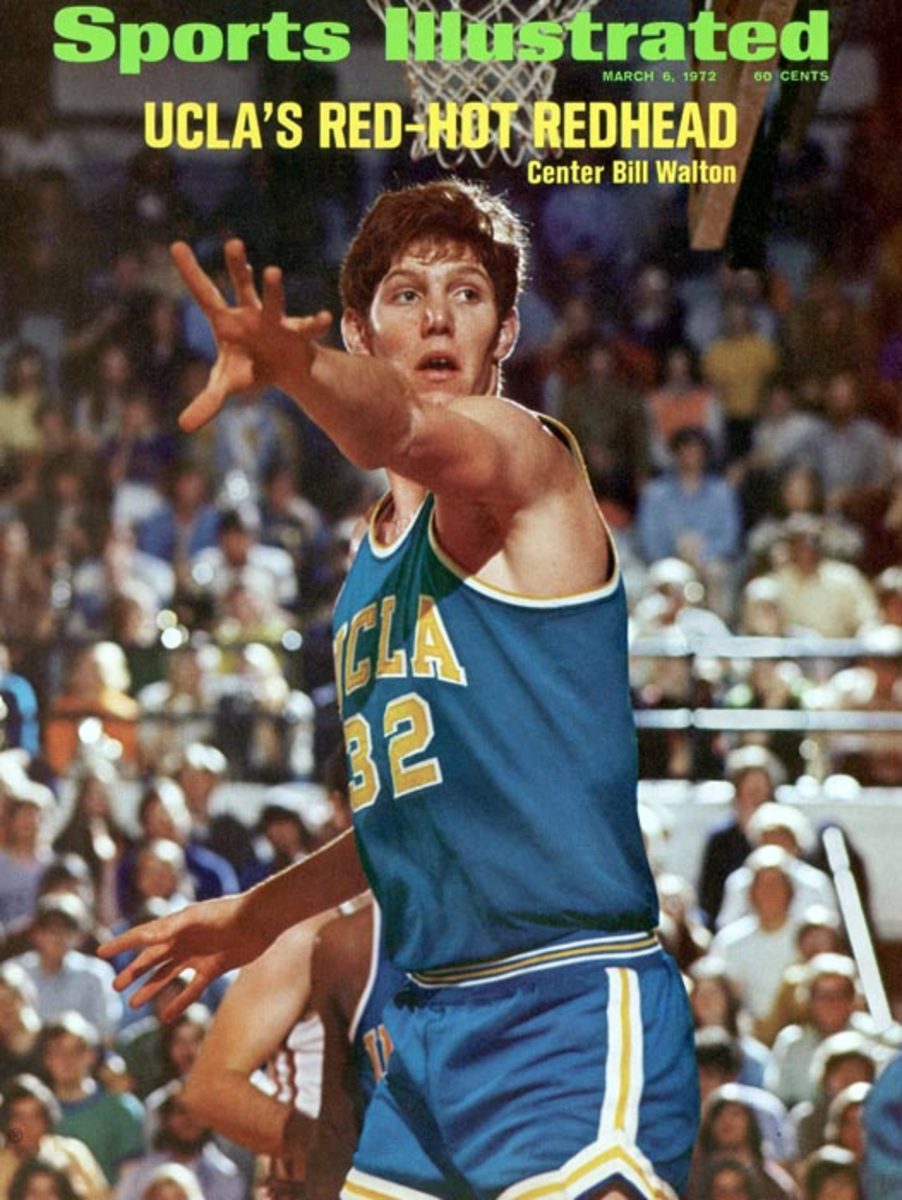
Playing for John Wooden during UCLA's run of seven straight national titles, Walton was dominant. He won the Naismith Player of the Year award three straight times. Walton also put together the best national title game performance ever. He made 21 of 22 shots as UCLA beat Memphis for the 1973 title.
Charlie Ward
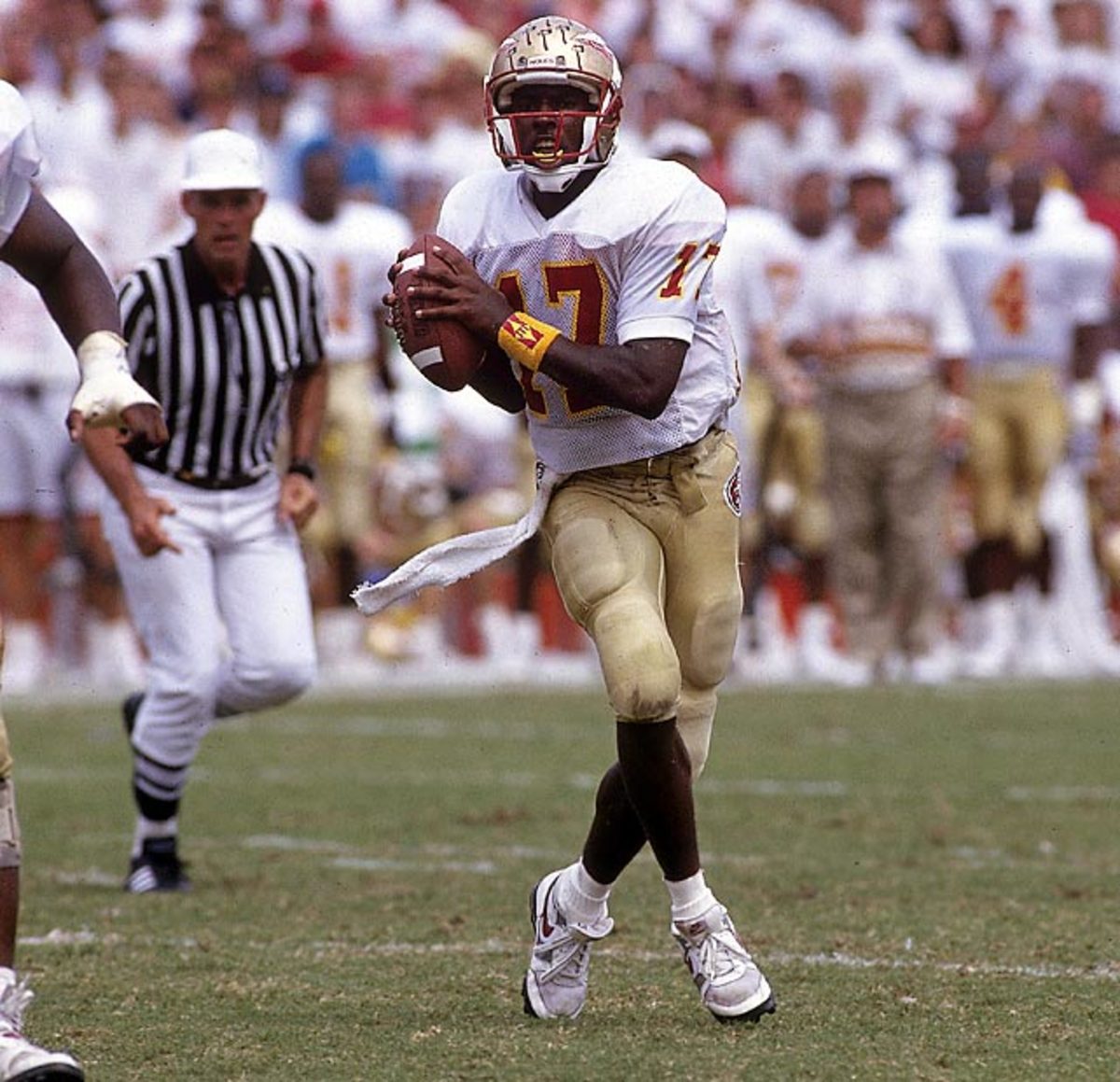
Florida State's first Heisman winner took the trophy in a rout in 1993 while leading the Seminoles to the national title. On the basketball court, Ward, a point guard, took Florida State to the Elite Eight. The Knicks picked him in the first round of the NBA Draft, and he played 11 seasons in the league.
Natalie Williams
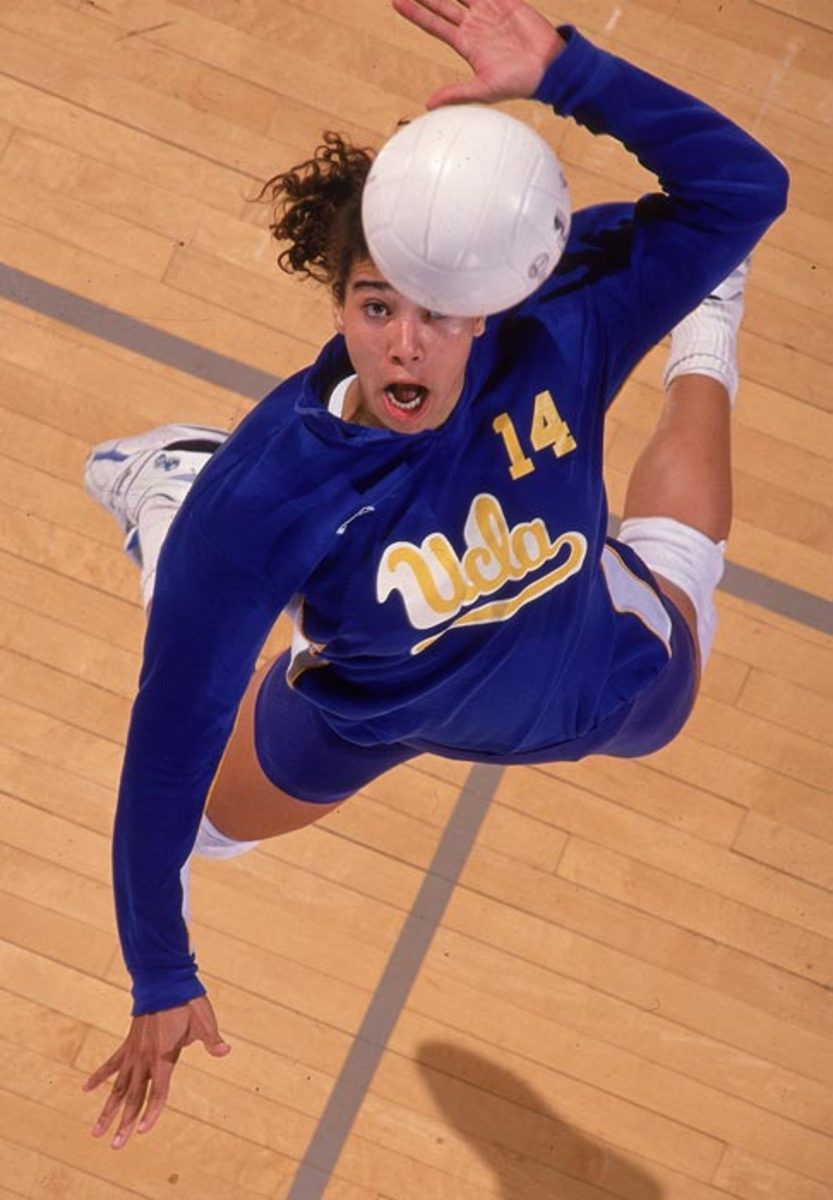
Williams went to UCLA on a volleyball scholarship, but she missed basketball. After some discussion, she convinced the coaches to let her play both sports. It worked out well. As a right side hitter in volleyball, Williams was a four-time All-America and the national player of the year in 1990 and 1992. She led the Bruins to two NCAA titles. In basketball, she was a two-time All-America. The Pac-10 named her its Female Athlete of the Decade.
Dave Winfield
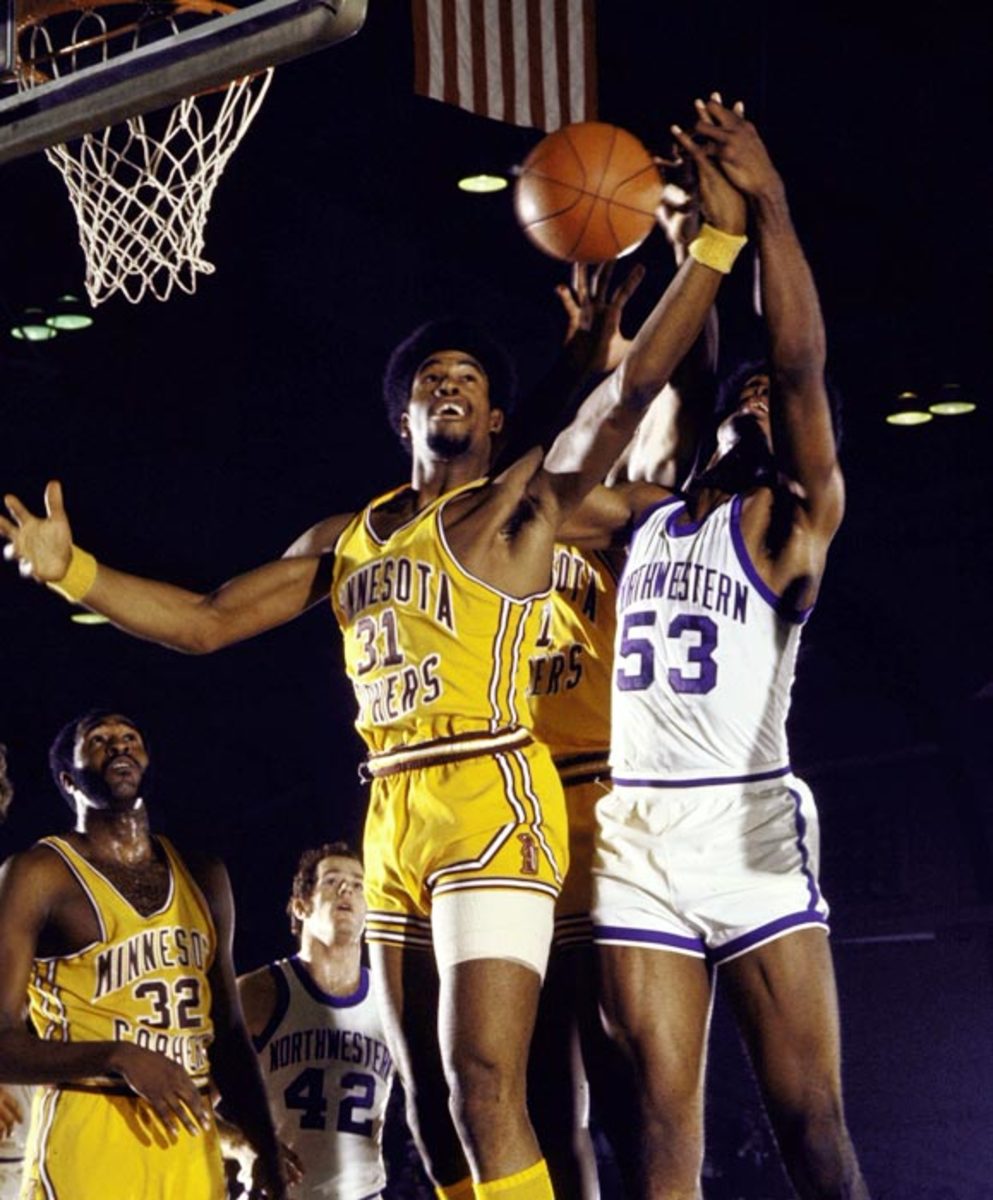
How great was Winfield at the college level? He was drafted by a pro team in a sport he didn't play collegiately. The Vikings picked the local star after a dominant two-sport career at Minnesota. Winfield led the Golden Gophers to their first Big Ten basketball title in four decades. But he was even better on the diamond. He was named Most Outstanding Player of the 1973 College World Series after hitting .467 and striking out 29 batters. <bold>W</bold><bold><italics>ho would you add to the list? Send comments to siwriters@simail.com.</italics></bold>
